Inbox and environment news: Issue 541
June 5 -11, 2022: Issue 541
World Environment Day 2022: June 5th + World Oceans Day 2022: June 7th
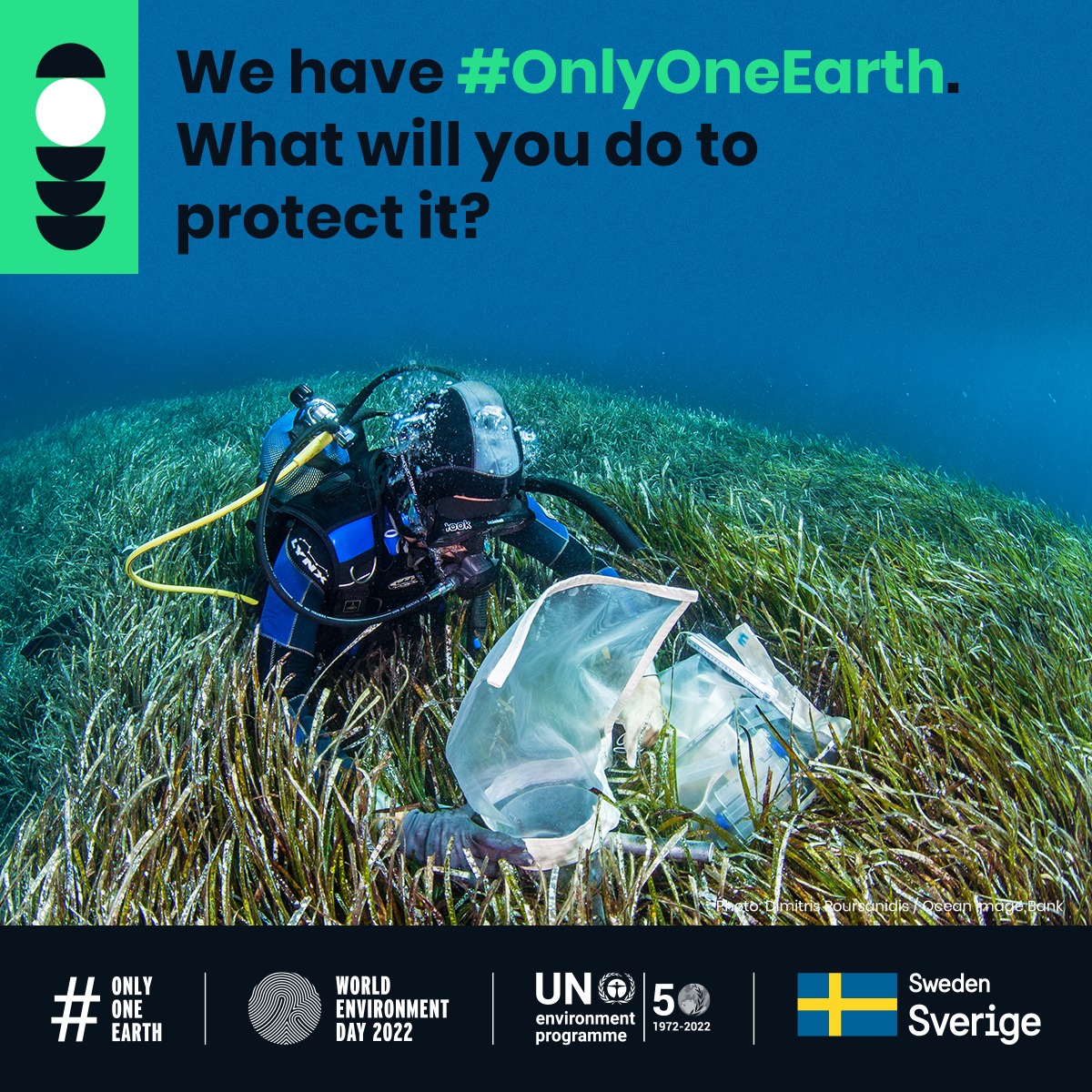
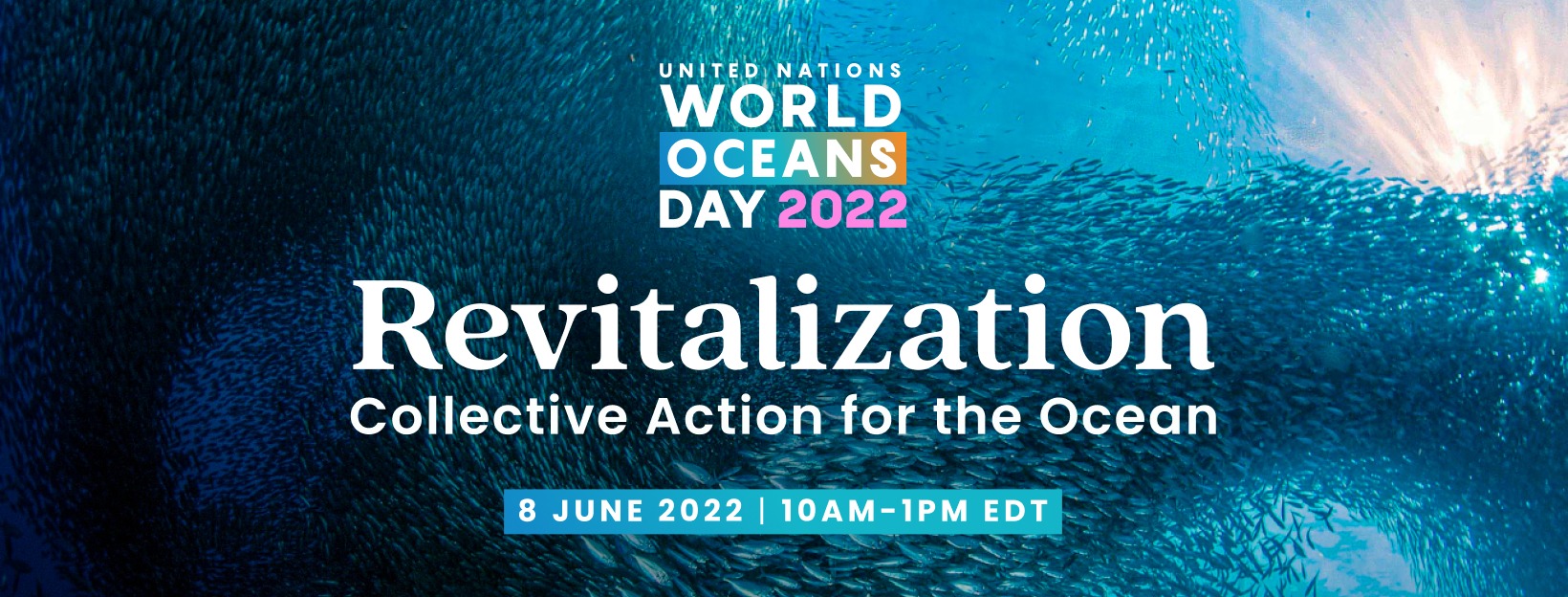
Long Reef Slump
Sonar Used To Locate Underwater Dangers On Hawkesbury
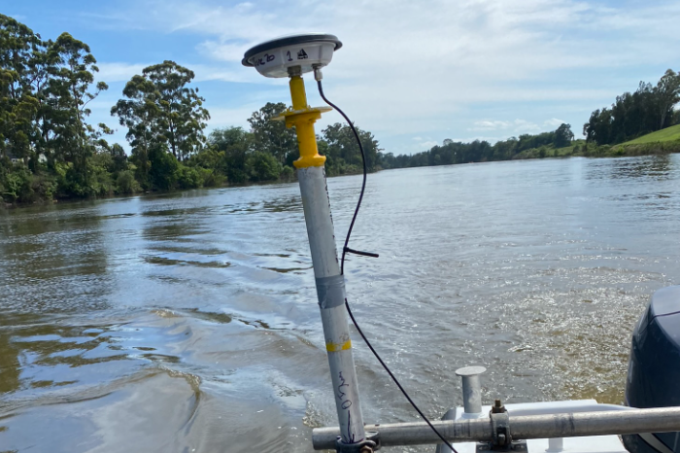 The NSW EPA has announced an advanced sonar program has started surveying NSW rivers for hazardous submerged debris across the State following this year’s destructive floods with shoreline clean-up crews coming in behind to remove those debris once located.
The NSW EPA has announced an advanced sonar program has started surveying NSW rivers for hazardous submerged debris across the State following this year’s destructive floods with shoreline clean-up crews coming in behind to remove those debris once located.Chemical Clean Out: June 2022 At Mona Vale
Plastic Bag Ban Commences From June 1st In NSW
- single-use plastic straws, stirrers, cutlery, plates, bowls and cotton buds
- expanded polystyrene food ware and cups
- rinse-off personal care products containing plastic microbeads.
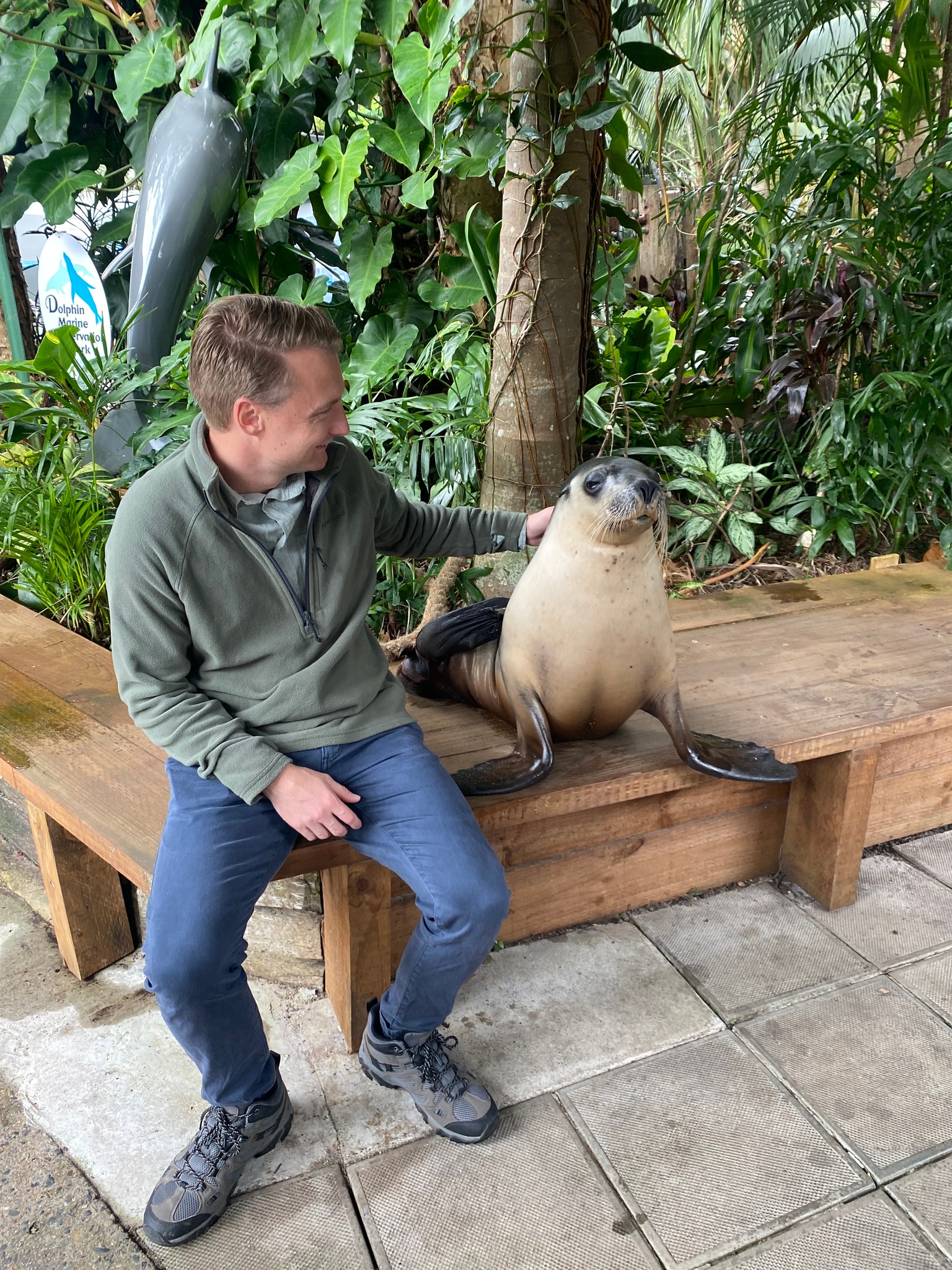
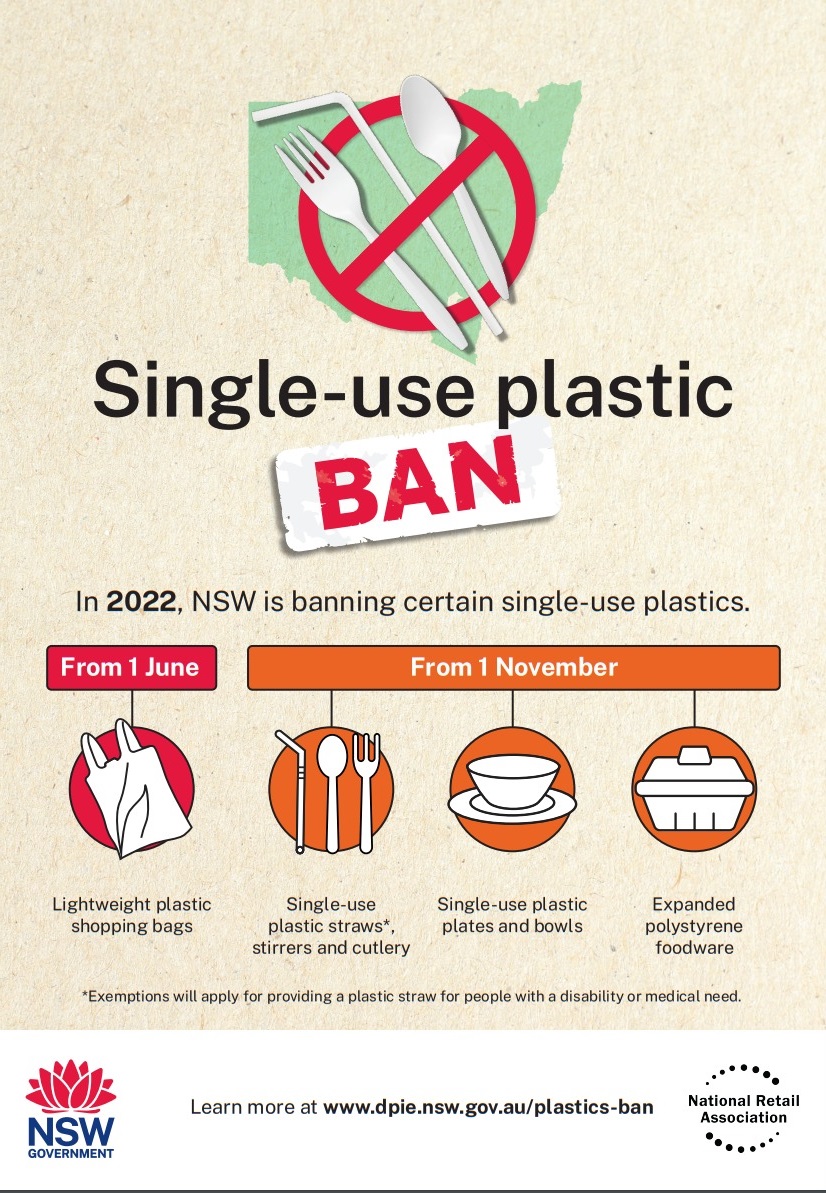
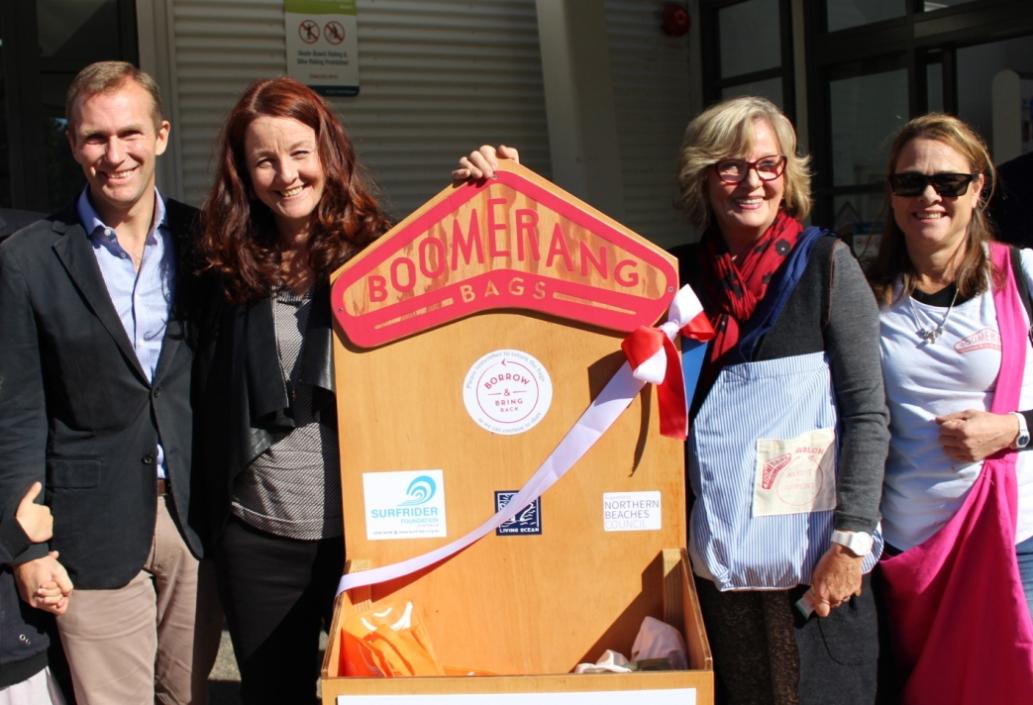
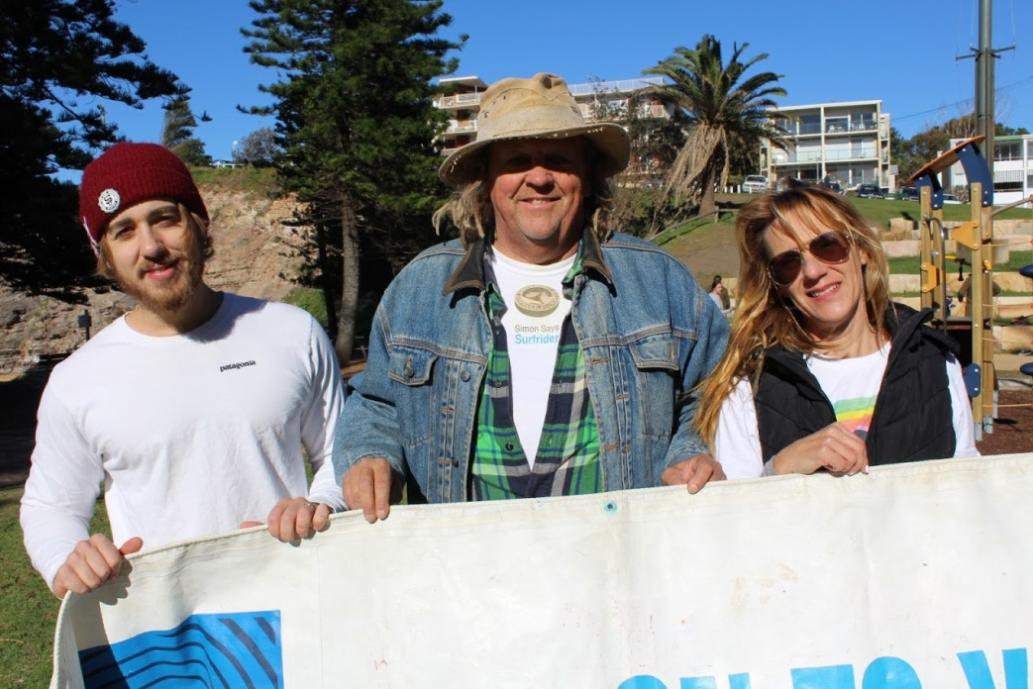
Northern Beaches Surfrider Foundation members Brendan Donohoe (middle) with Jesse and Rowan Hanley - who organise Beach Clean Upsand have campaigned for a plastics ban in NSW. A J Guesdon photo.
Sydney Wildlife Rescue And Care Course: June 2022
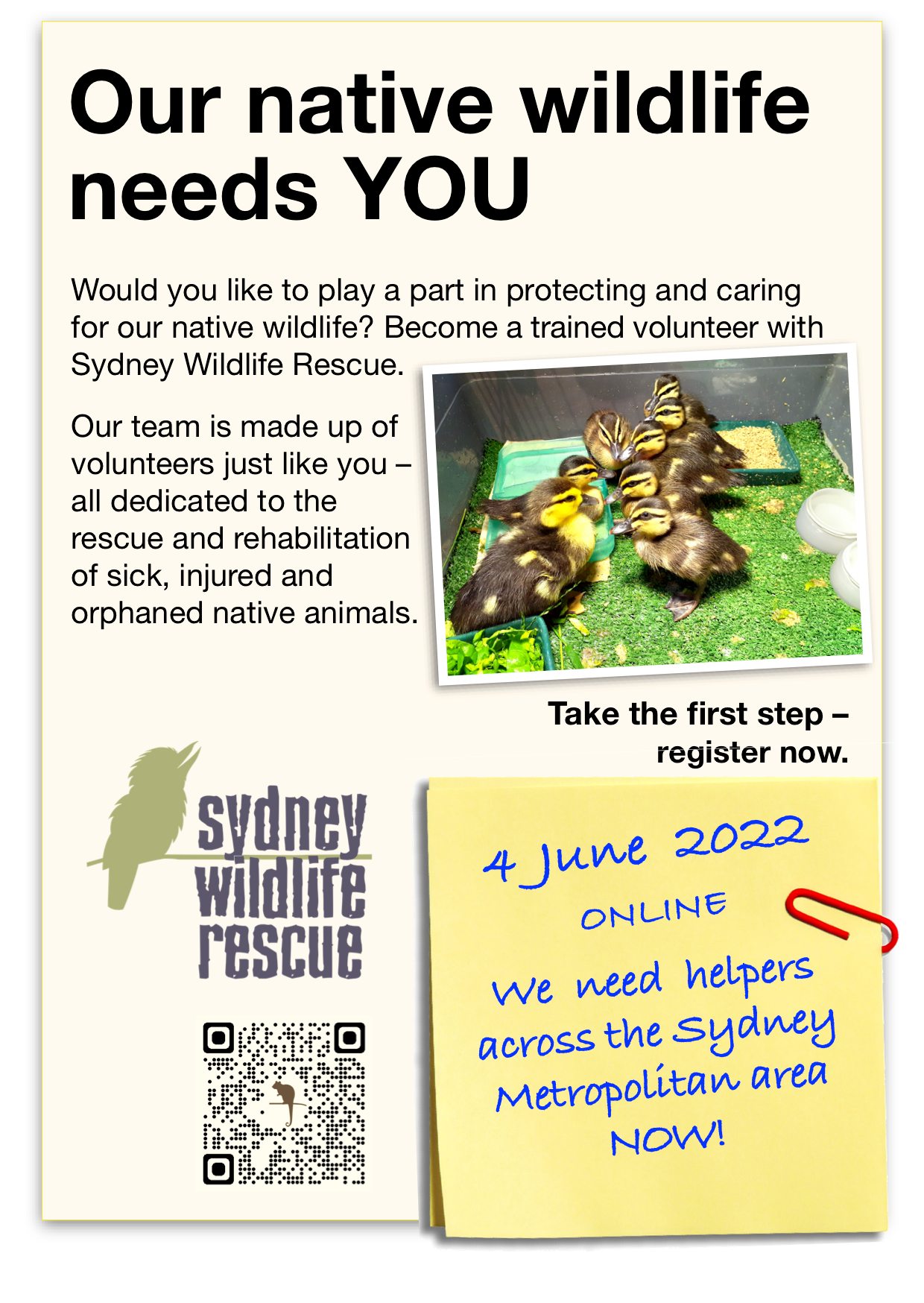
Living Ocean Traditional Welcome To Country For The Southern Humpback Whale Migration: June 24
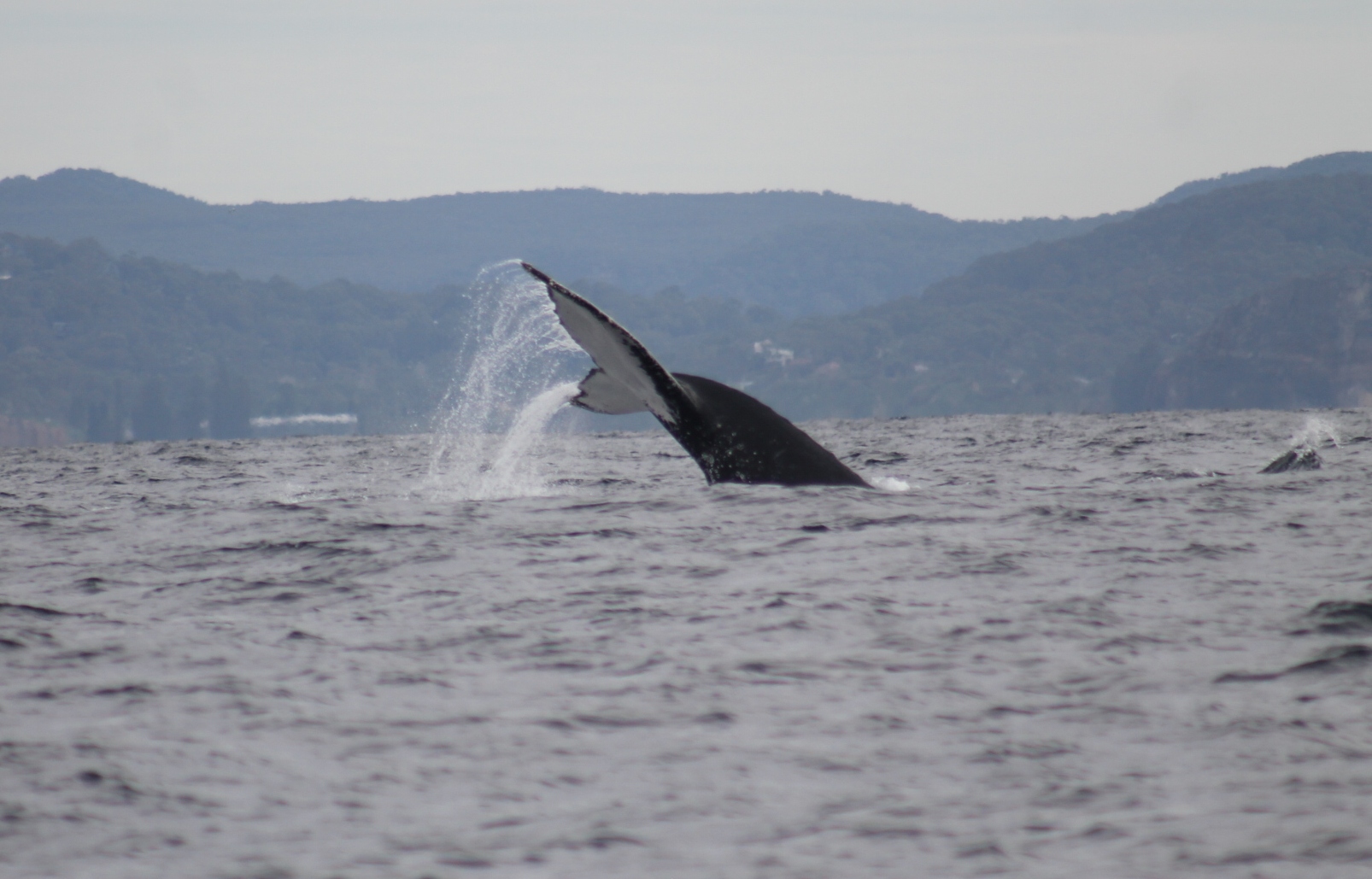
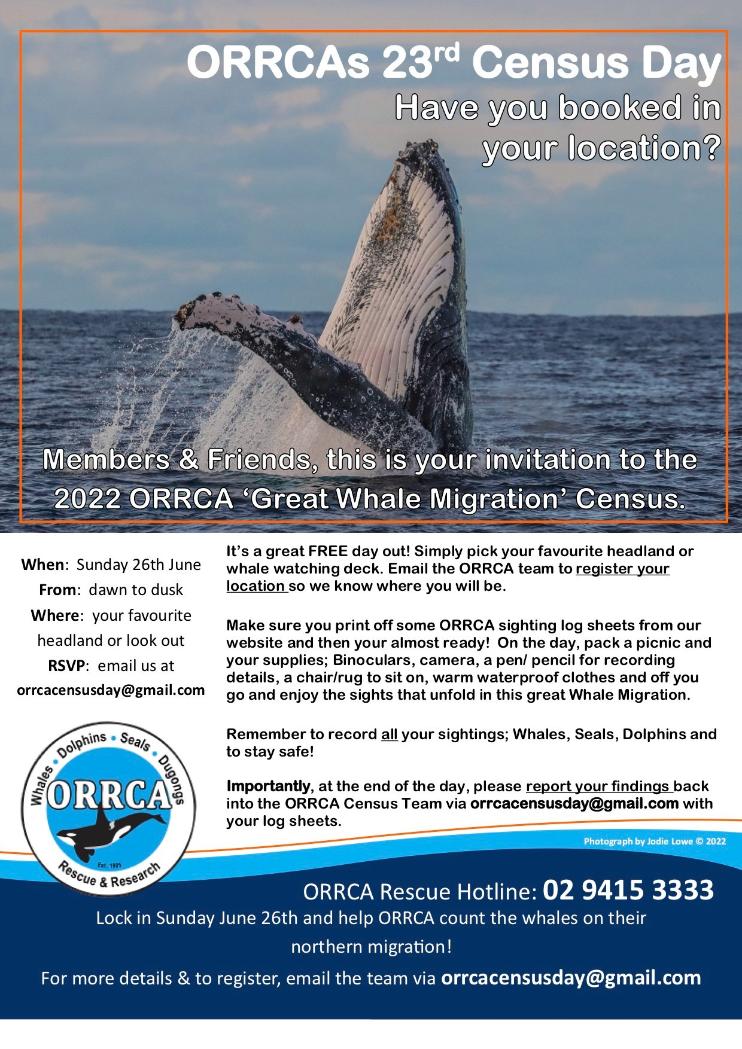
Local Wildlife Rescuers And Carers State That Ongoing Heavy Rains Are Tough For Us But Can Be Tougher For Our Wildlife:
- Birds and possums can be washed out of trees, or the tree comes down, nests can disintegrate or hollows fill with water
- Ground dwelling animals can be flooded out of their burrows or hiding places and they need to seek higher ground
- They are at risk crossing roads as people can't see them and sudden braking causes accidents
- The food may disappear - insects, seeds and pollens are washed away, nectar is diluted and animals can be starving
- They are vulnerable in open areas to predators, including our pets
- They can't dry out and may get hypothermia or pneumonia
- Animals may seek shelter in your home or garage.
You can help by:
- Keeping your pets indoors
- Assessing for wounds or parasites
- Putting out towels or shelters like boxes to provide a place to hide
- Drive to conditions and call a rescue group if you see an animal hit (or do a pouch check or get to a vet if you can stop)
- If you are concerned take a photo and talk to a rescue group or wildlife carer
There are 2 rescue groups in the Northern Beaches:
Sydney Wildlife: 9413 4300
WIRES: 1300 094 737
Please be patient as there could be a few enquiries regarding the wildlife.
Generally Sydney Wildlife do not recommend offering food but it may help in some cases. Please ensure you know what they generally eat and any offerings will not make them sick. You can read more on feeding wildlife here
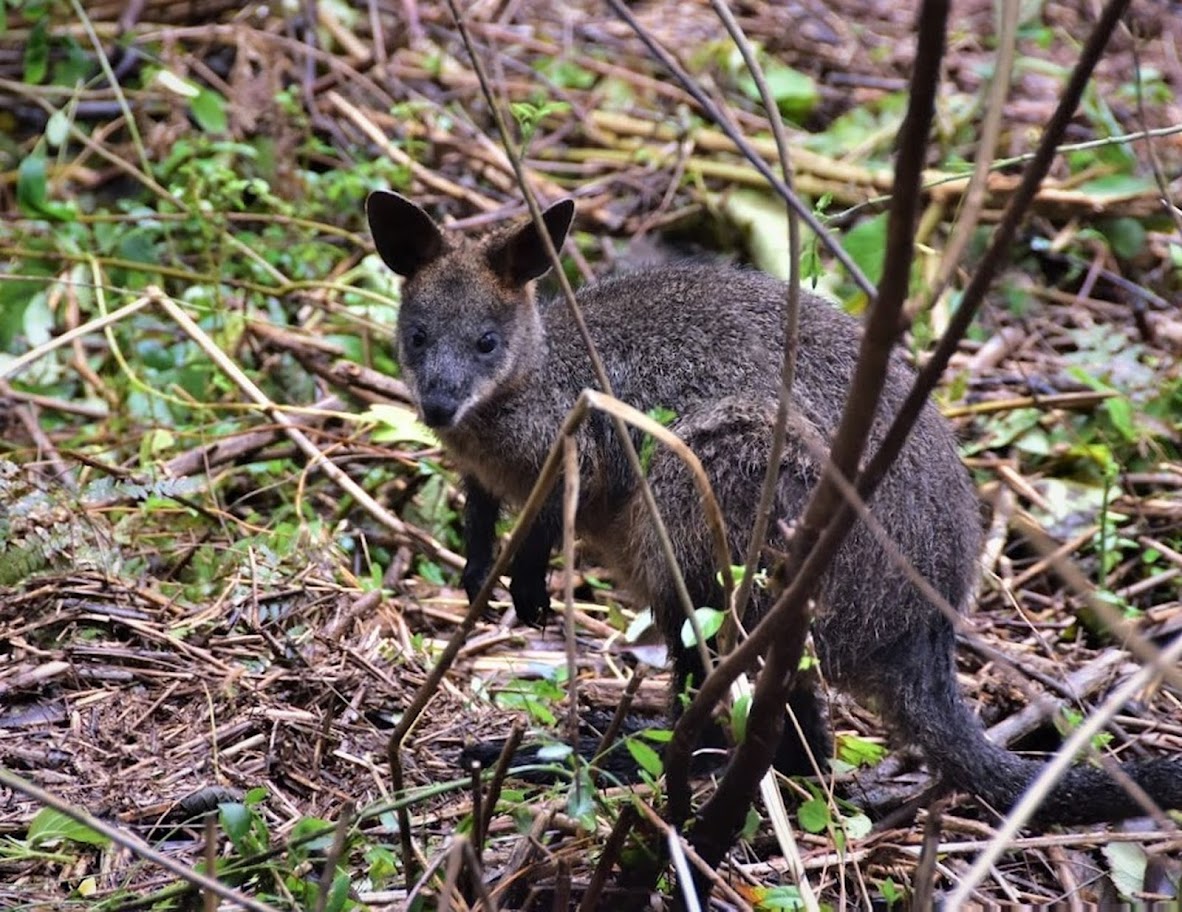
Information courtesy Ed Laginestra, Sydney Wildlife volunteer. Photo: Warriewood Wetlands Wallaby by Kevin Murray, March 2022.
Aviaries + Possum Release Sites Needed

Sydney Wildlife Rescue: Helpers Needed
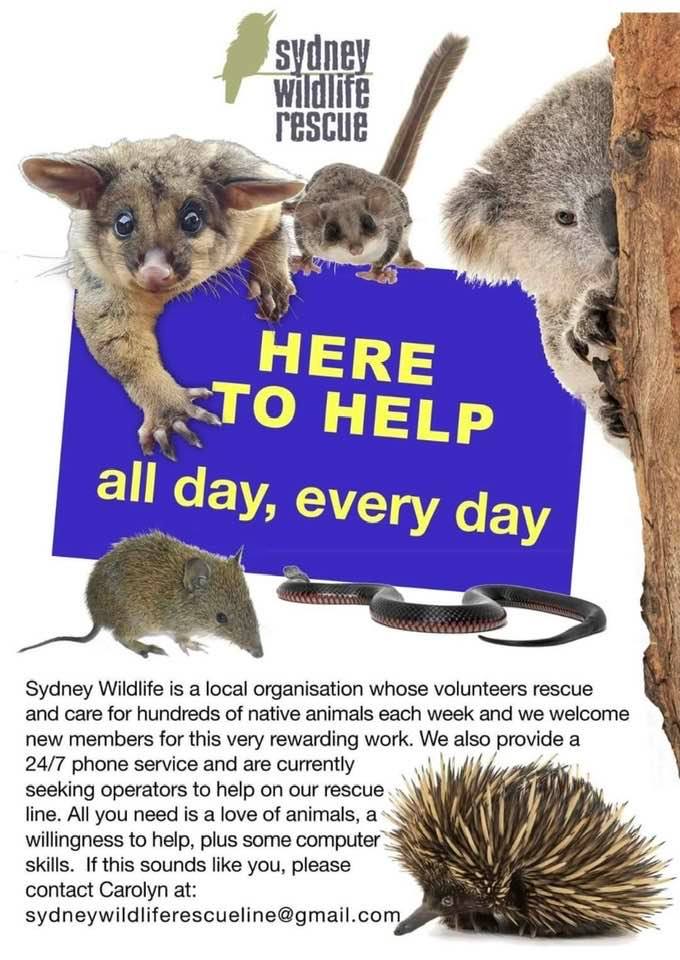
Five Year Extension To Wood Supply Agreements
NSW Planning Department’s Latest Coal Mine Recommendation
NSW Must Deliver Robust, Climate-Ready Water Resource Plans As A Matter Of Urgency
New Virus Variant Threatens The Health Of Bees Worldwide
Dendrobium Mine Extension Project: Have Your Say (Again)
Political Stitch Up Over Dendrobium Abandons Community, Climate, And Water, Favours Coal Mining Company Residents State
Deep Sea Ears Map Migration Of Fin Whales
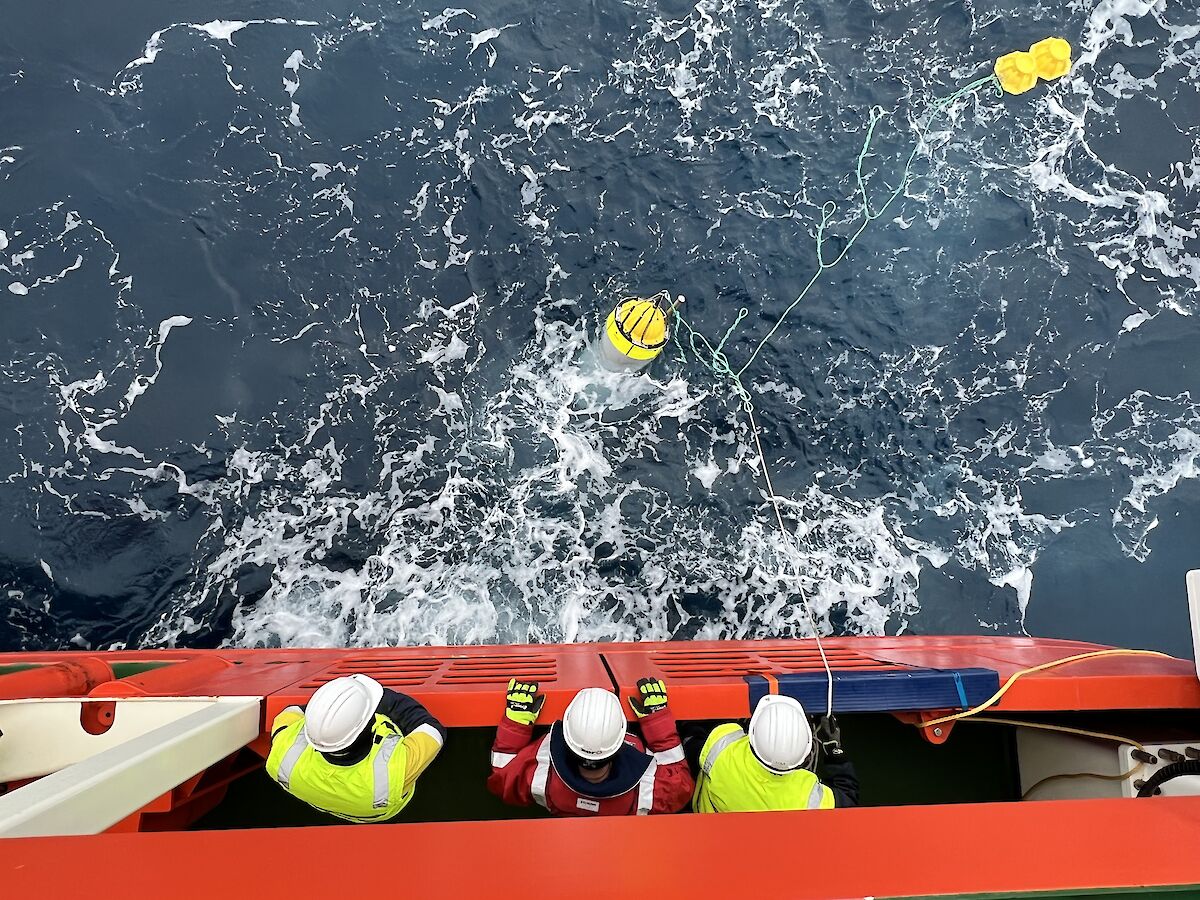
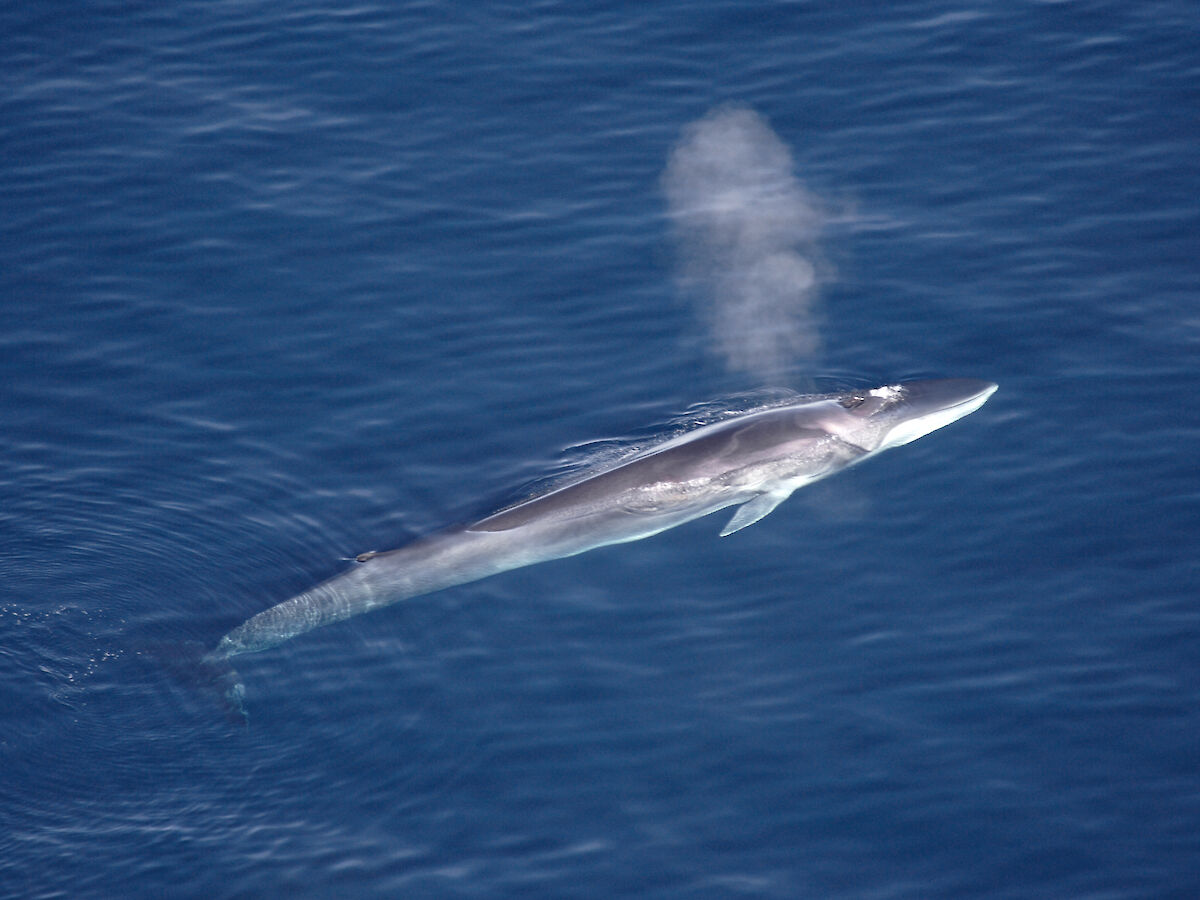
Avalon Golf Course Bushcare Needs You


Bushcare In Pittwater
Where we work Which day What time
Avalon
Angophora Reserve 3rd Sunday 8:30 - 11:30am
Avalon Dunes 1st Sunday 8:30 - 11:30am
Avalon Golf Course 2nd Wednesday 3 - 5:30pm
Careel Creek 4th Saturday 8:30 - 11:30am
Toongari Reserve 3rd Saturday 9 - 12noon (8 - 11am in summer)
Bangalley Headland 2nd Sunday 9 to 12noon
Bayview
Winnererremy Bay 4th Sunday 9 to 12noon
Bilgola
North Bilgola Beach 3rd Monday 9 - 12noon
Algona Reserve 1st Saturday 9 - 12noon
Plateau Park 1st Friday 8:30 - 11:30am
Church Point
Browns Bay Reserve 1st Tuesday 9 - 12noon
McCarrs Creek Reserve Contact Bushcare Officer To be confirmed
Clareville
Old Wharf Reserve 3rd Saturday 8 - 11am
Elanora
Kundibah Reserve 4th Sunday 8:30 - 11:30am
 Mona Vale
Mona Vale Mona Vale Beach Basin 1st Saturday 8 - 11am
Mona Vale Dunes 2nd Saturday +3rd Thursday 8:30 - 11:30am
Newport
Bungan Beach 4th Sunday 9 - 12noon
Crescent Reserve 3rd Sunday 9 - 12noon
North Newport Beach 4th Saturday 8:30 - 11:30am
Porter Reserve 2nd Saturday 8 - 11am
North Narrabeen
Irrawong Reserve 2nd Saturday 2 - 5pm
Palm Beach
North Palm Beach Dunes 3rd Saturday 9 - 12noon
Scotland Island
Catherine Park 2nd Sunday 10 - 12:30pm
Elizabeth Park 1st Saturday 9 - 12noon
Pathilda Reserve 3rd Saturday 9 - 12noon
Warriewood
Warriewood Wetlands 1st Sunday 8:30 - 11:30am
Whale Beach
Norma Park 1st Friday 9 - 12noon
Western Foreshores
Coopers Point, Elvina Bay 2nd Sunday 10 - 1pm
Rocky Point, Elvina Bay 1st Monday 9 - 12noon
Gardens And Environment Groups And Organisations In Pittwater
The ultra-polluting Scarborough-Pluto gas project could blow through Labor’s climate target – and it just got the green light
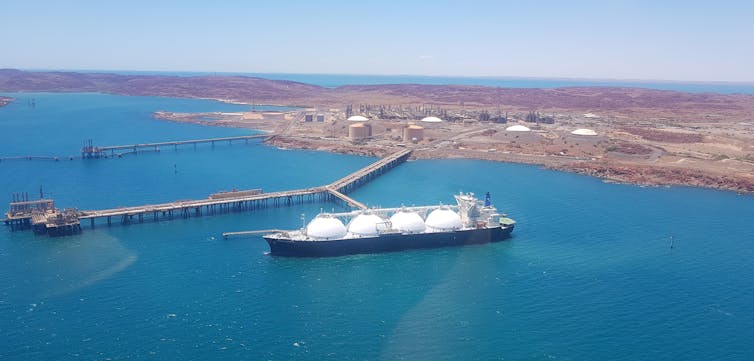
The Albanese government has this week thrown its support behind what’ll be one of Australia’s most polluting developments: the Scarborough-Pluto gas project in Western Australia.
Our analysis last year found the full Scarborough-Pluto project will emit almost 1.4 billion tonnes of greenhouse gases over its lifetime. That’s over three times Australia’s current annual emissions, and around 14 times WA’s annual emissions.
We calculate that the emissions from this project and all of its related activities will add about 41 megatonnes per year to Australia’s national emissions by 2030. That is a materially relevant number – it’s nearly 7% of our emissions in 2005, which is the year we use as a baseline for emissions targets.
To put it another way, it’s nearly twice as much as the emissions avoided by all the rooftop solar panels in Australia each year.
It comes as the new minister for climate and energy Chris Bowen yesterday reiterated his commitment to Labor’s 2030 climate target of reducing Australia’s emissions by 43% on 2005 levels.
But as Bowen doubled down on this vow, the new resources minister, Madeleine King, was reassuring the gas giants their climate-wrecking projects were here to stay.
Woodside’s Calculations Don’t Tell The Full Story
Ours was the first study that put together the total greenhouse gas implications of the entire Scarborough-Pluto project.
The project is made up of the Scarborough gasfield (located offshore) and the Pluto processing plant (on land).
Woodside Energy projects the offshore Scarborough gasfield expansion will release 878 megatonnes of carbon dioxide equivalent over its lifetime. This projection is derived from its federal government approval assessment.
But this doesn’t tell the full story. State government approvals looked at emissions from the entire project, including the Pluto processing plant and its extension.
We put state and federal numbers together for the first time to find emissions for the whole Scarborough-Pluto project would be nearly 60% larger than Woodside’s reported projections for Scarborough alone.
In a statement to The Conversation, a Woodside Energy spokesperson said its “data is in accepted regulatory approval documents”, which notes that a Environmental Resources Management study from 2020 examined the emissions intensity of Scarborough gas, processed through Pluto, and then used to generate electricity in selected markets.
Our own work, along with a CSIRO report for Woodside, debunks the argument that LNG from this project will reduce emissions globally. The bottom line is that adding the amount of LNG planned from this project is likely to slow down decarbonization in key markets and add significantly to global emissions.
Woodside’s Scarborough-Pluto project is just one of many fossil fuel projects in the pipeline. Overall there are 114.
We added up the emissions of 46 liquefied natural gas and coal mines officially classified as “new projects” by the federal government. By 2030 these would add at least 8-10% to Australia’s projected emissions for 2030.
Including the Scarborough-Pluto project and all its related activities in this mix would add 15-17% to Australia’s 2030 emissions.
We Can’t Lower Emissions Using Gas
It’s difficult to see how Labor can both embrace the gas industry and reduce emissions to its target of 43% by 2030. It could try using controversial carbon offset schemes, but this wouldn’t go down well with the public nor with Labor’s emphasis on restoring integrity and trust in government.
While Australia’s domestic emissions account for 2% of global emissions, we calculate that adding emissions from our fossil fuel exports would increase our total greenhouse gas footprint to around 4-5% of global emissions. And those exports, thanks to the gas (and coal) industry, look set to balloon.
It’s clear the Scarborough-Pluto project is not compatible with the goal of limiting global temperature rise to 1.5℃ this century.
Last year the International Energy Agency (IEA) released a roadmap for bringing global emissions to net zero. It found gas use would need to depend on a large roll-out of carbon capture and storage technologies: 14% of total energy supplied by gas would be captured and stored in 2040, increasing to 30% by 2050.
But carbon capture and storage is flawed. WA’s Gorgon gas project’s attempt at using the technology is testament to that. Gorgon has blown its budget and fallen short of its targets by around 50%.
It should be noted there are no current or proposed plans to utilise carbon capture and storage for Scarborough.
The Woodside spokesperson says IEA modelling shows there’s an important role for oil, gas and hydrogen in the world’s future.
Woodside argues that in the IEA’s net zero emissions scenario, the forecast cumulative global investment in oil and gas needed to meet the world’s energy needs is approximately US$10 trillion by 2050. But this obscures the fact new and additional fossil fuel infrastructure at the scale of Scarborough-Pluto expansions is not consistent with net zero emissions.
The IEA modelling also shows a rapid decline of demand for gas over the next five to ten years. Its net zero roadmap projects the potential for a rapid collapse in Australia’s major liquefied natural gas markets (South Korea, Japan, China) by the mid-2020s, as they implement Paris compatible climate targets.
Russia’s invasion of Ukraine has forced the whole world to rethink its relationship with gas, as prices rise here and overseas largely due to sanctions on Russia’s supply.
Woodside claims the shift away from Russian energy sources strengthens the case for Browse – a proposed A$30 billion gas development north of Broome, WA. But phasing out gas, in fact all fossil fuels, is not only a climate question. It is a security matter.
We Must Fully Embrace Renewables
Those who will now fully embrace renewables as a way to ensure energy independence will also be at the forefront of the inevitable global energy transformation, gaining competitive advantage.
And Australia, with such vast renewables resources, could be a world leader in green hydrogen exports.
Gas simply has no place in the fight to stop global warming beyond 1.5℃ this century. The big question is whether the Albanese government, if it wants to be taken seriously on climate change, will take that on board.
Right now, given the high-profile intervention from the resources minister providing “absolute” support for Woodside and gas developments, the jury unfortunately is well and truly out.![]()
Bill Hare, Adjunct Professor, Murdoch University
This article is republished from The Conversation under a Creative Commons license. Read the original article.
Caring for Country means tackling the climate crisis with Indigenous leadership: 3 things the new government must do
Bhiamie Williamson, Australian National UniversityThe election of a new Australian government offers a once-in-a-generation opportunity to promote the self-determination of Indigenous peoples to Care for Country.
Indigenous peoples have been leading Australia’s response to the climate crisis, such as by harbouring deep-time knowledge of the land and water, and managing the land through cultural burning. Yet climate change continues to erode our cultural heritage and threatens our ongoing connection to Country.
In its pre-election budget, the former Coalition government committed A$636 million to expand the Indigenous ranger program and Indigenous Protected Areas. The new parliament, with its greater hunger for climate action, can think even bigger and create a new, exciting and just agenda.
I have previously written about ways everyday Australians can support Indigenous people to heal Country. Here, I lay out practical steps and big ideas that expand the realms of possibility in this new parliamentary era.
What Indigenous People Have At Stake
Climate change and industrial development - dams, land clearing, mining, urban development and more - are bringing more native wildlife to the edge of extinction and are degrading the environment they, and we, rely on.
This environmental damage impacts the ability of Indigenous peoples to remain connected to Country, as our ancestors have before us.
Compounding this is the disproportionate impact bushfires, floods and other disasters have on Indigenous peoples.
For example, 6.2% of those affected by the recent flooding in regional areas outside Sydney were Aboriginal and Torres Strait Islander people, despite making up just 3.3% of the general population.
Adding to this is damage feral animals, invasive weeds, and unmanaged fire inflict on biodiversity, cultural values, and the overall health of ecosystems.
These crises disrupt Indigenous peoples ways of life. They degrade or destroy our cultural heritage and natural resources such as plants, grasses, native timber, and clean running water, which provide a basis for our peoples to practice culture.
In this way, Indigenous peoples have much at stake in a changing climate, perhaps more so than others, and in ways that are different to all others.
Caring For Country
Indigenous peoples have enormous capacity to make Australia more resilient to the climate crisis, as we have an extraordinary database of cultural knowledge reaching back to ancient climate change events.
In Victoria, Gunditjmara people have kept knowledge of Australia’s last volcanic eruption, estimated to have occurred 37,000 years ago. While off the coast of Western Australia, Aboriginal groups maintain knowledge of camps their ancestors occupied off the continental shelf.
Our peoples continue to draw on and apply this long history of knowledge to manage land and seascapes today.
Contemporary Caring for Country programs – ranger groups, Indigenous Protected Areas, and co-management arrangements – are now key elements in defending Australia’s biodiversity from further degradartion.
This includes developing extensive management plans to protect native species, managing invasive weeds and feral animals, and exploring economic development opportunities such as renewable energy investment.
Aboriginal ranger groups have also had a demonstrable impact in reducing bushfires and protecting biodiversity throughout northern and central Australia using cultural burning. Indeed, Indigenous fire management here is one of Australia’s most effective emissions reduction practices.
And during the 2019-2020 bushfires in western Victoria, Gunditjmara people and local fire authorities worked together to respond to a large bushfire, safeguarding both Gunditjmara and non-Indigenous values.
Where To Now?
The significant increase in funding for Caring for Country programs in the pre-election budget was welcomed by all sides of politics. Now, with a new Labor government, we must ensure this immense and generational opportunity is not squandered.
Caring for Country programs are complex operations. What works for one community, at one point in time, may not work in others. Yet the programs I’ve observed generally share three common pillars:
Environmental management: restoring ecosystems for greater biodiversity and to mitigate against threats
Community development: ensuring we have the infrastructure, skills, capabilities, and funding to implement projects
Indigenous governance: supporting and resourcing groups to come together, discuss important matters, and make and enact decisions
Expanding Caring for Country programs requires the knowledge and skills of these three interrelated pillars. This has traditionally been the strong point of a properly resourced federal environment department, one with collegial relationships with front-line Indigenous land managers.
This work also requires a “two-toolbox” approach: harnessing Indigenous and western science, and working together respectfully and collaboratively. These skills should be front of mind for a federal public service seeking to support Caring for Country.
Time To Think Big
As people uniquely impacted by – and with demonstrable knowledge and practices to mitigate against – climate change, Indigenous peoples must be at the table in all climate change talks.
We cannot allow climate change mitigation and adaptation to become another colonial process of dispossession and disempowerment.
Everyone stands to lose when Indigenous people are locked out of climate change discussions including, for instance, in recent reports from the Intergovernmental Panel on Climate Change.
Excluding our voices will inevitably mean opportunities will pass us by, or negatively impact us, even when we’re expected to contribute our knowledge and skills to support larger climate mitigation and adaptation efforts.
Here are three practical ways the new parliament can address climate change and promote Indigenous self-determination and development simulatenously:
Formally recognising Caring for Country as a key pillar in Australia’s response to the climate crisis through policies and legislation
Committing all Australian national parks and protected areas to have some form of joint management with Traditional Owners within ten years
Drawing these and other opportunities together in a National Indigenous Climate Mitigation and Adaptation Strategy.
These changes will take time. But supporting them will lay a foundation of stone and establish a generation of unbridled opportunity.
The door is open for an ambitious parliament to consider climate change and justice as tandem pursuits. Doing so opens opportunities to address climate change, heal Country and, perhaps most importantly, heal the relationships between Indigenous and non-Indigenous peoples. ![]()
Bhiamie Williamson, Research Associate & PhD Candidate, Australian National University
This article is republished from The Conversation under a Creative Commons license. Read the original article.
Meet the world’s largest plant: a single seagrass clone stretching 180 km in Western Australia’s Shark Bay
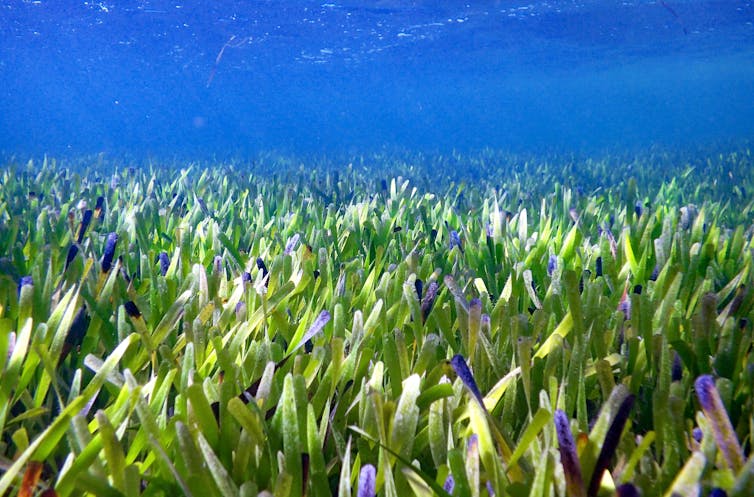
Next time you go diving or snorkelling, have a close look at those wondrously long, bright green ribbons, waving with the ebb and flow of water. They are seagrasses – marine plants which produce flowers, fruit, and seedlings annually, like their land-based relatives.
These underwater seagrass meadows grow in two ways: by sexual reproduction, which helps them generate new gene combinations and genetic diversity, and also by extending their rhizomes, the underground stems from which roots and shoots emerge.
To find out how many different individual plants are growing in a seagrass meadow, you have to test their DNA. We did this for meadows of ribbon weed seagrass called Posidonia australis in the shallow sun-drenched waters of the Shark Bay World Heritage Area, in Western Australia.
The result blew us away: it was all one plant. One single plant has expanded over a stretch of 180 km making it the largest known plant on Earth.
We collected shoot samples from ten seagrass meadows from across Shark Bay, in waters where the salt levels range from normal ocean salinity to almost twice as salty. In all samples, we studied 18,000 genetic markers to show that 200 km² of ribbon weed meadows expanded from a single, colonising seedling.
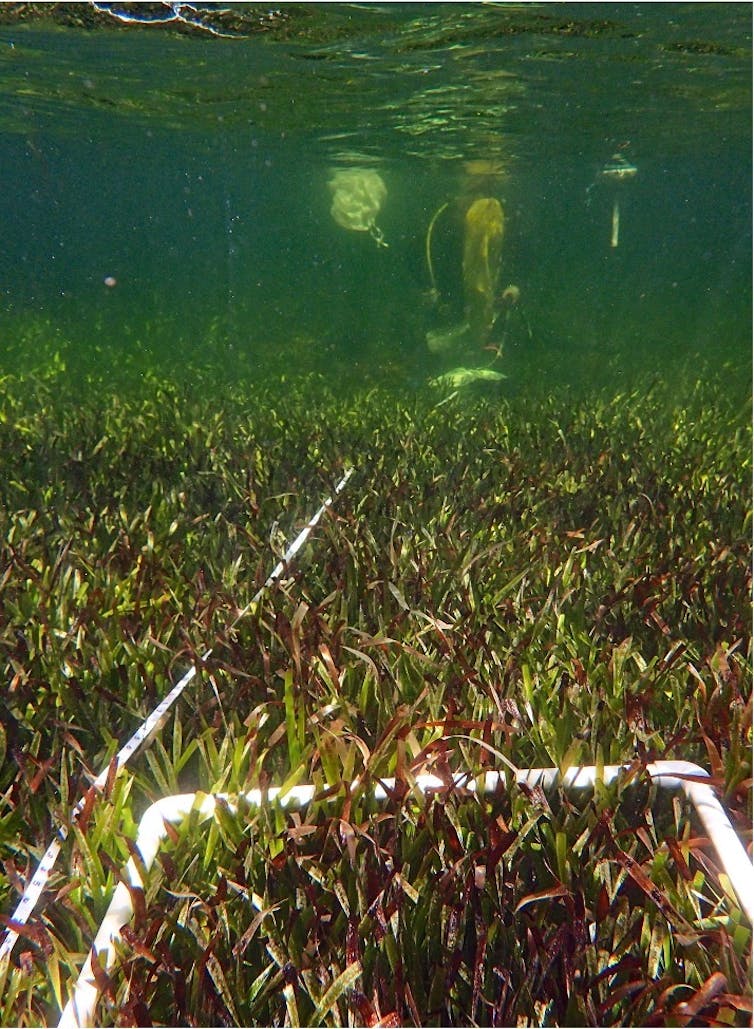
How Did It Evolve?
What makes this seagrass plant unique from others, other than its enormous size, is that it has twice as many chromosomes as its relatives. This makes it what scientists call a “polyploid”.
Most of the time, a seagrass seedling will inherit half the genome of each of its parents. Polyploids, however, carry the entire genome of each of their parents.
There are many polyploid plant species, such as potatoes, canola, and bananas. In nature they often reside in places with extreme environmental conditions.
Polyploids are often sterile, but can continue to grow indefinitely if left undisturbed. This seagrass has done just that.
How Old Is This Plant?
The sandy dunes of Shark Bay flooded some 8,500 years ago, when the sea level rose after the last ice age. Over the following millennia, the expanding seagrass meadows made shallow coastal banks and sills through creating and capturing sediment, which made the water saltier.
There is also a lot of light in the waters of Shark Bay, as well as low levels of nutrients and large temperature fluctuations. Despite this hostile environment, the plant has been able to thrive and adapt.
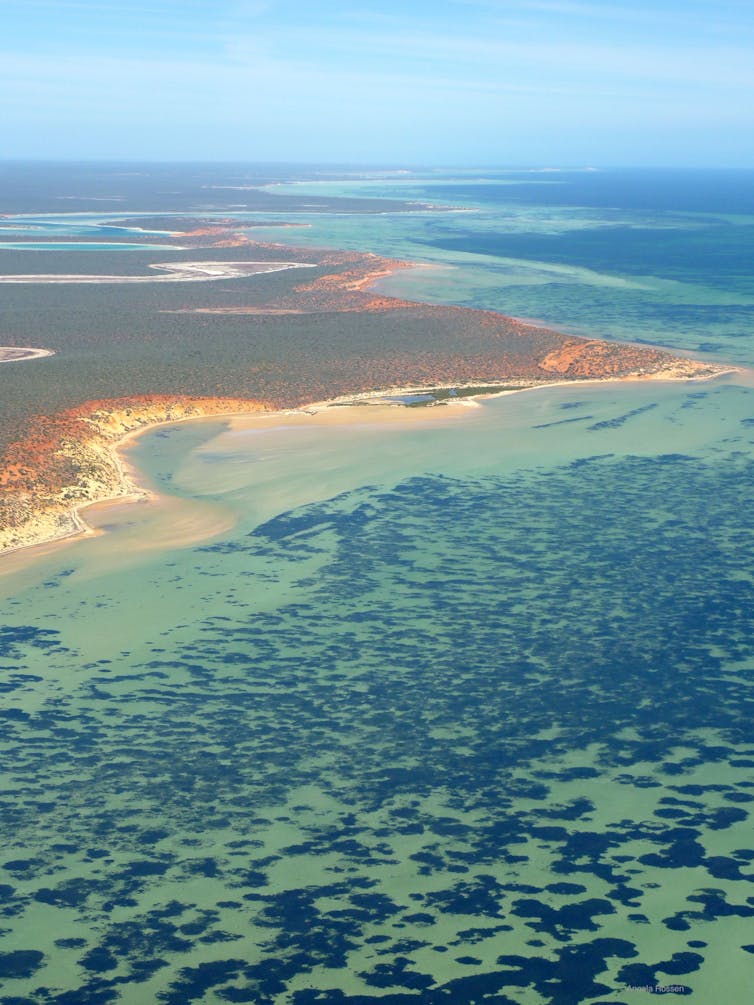
It is challenging to determine the exact age of a seagrass meadow, but we estimate the Shark Bay plant is around 4,500 years old, based on its size and growth rate.
Other huge plants have been reported in both marine and land systems, such as a 6,000-tonne quaking aspen in Utah, but this seagrass appears to be the largest to date.
Other huge seagrass plants have also been found, including a closely related Mediterranean seagrass called Posidonia oceanica, which covers more than 15 km and may be around 100,000 years old.
Why Does This Matter?
In the summer of 2010–11, a severe heatwave hit land and sea ecosystems along the Western Australian coastline.
Shark Bay’s seagrass meadows suffered widespread damage in the heatwave. Yet the ribbon weed meadows have started to recover.
This is somewhat surprising, as this seagrass does not appear to reproduce sexually – which would normally be the best way to adapt to changing conditions.
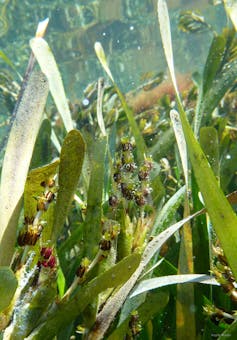
We have observed seagrass flowers in the Shark Bay meadows, which indicates the seagrass are sexually active, but their fruits (the outcome of successful seagrass sex) are rarely seen.
Our single plant may in fact be sterile. This makes its success in the variable waters of Shark Bay quite a conundrum: plants that don’t have sex tend to also have low levels of genetic diversity, which should reduce their ability to deal with changing environments.
However, we suspect that our seagrass in Shark Bay has genes that are extremely well-suited to its local, but variable environment, and perhaps that is why it does not need to have sex to be successful.
Even without successful flowering and seed production, the giant plant appears to be very resilient. It experiences a wide range of water temperatures (from 17℃ to 30℃ in some years) and salt levels.
Despite these variable conditions and the high light levels (which are typically stressful for seagrass), the plant can maintain its physiological processes and thrive. So how does it cope?
We hypothesize that this plant has a small number of somatic mutations (minor genetic changes that are not passed on to offspring) across its 180 km range that help it persist under local conditions.
However, this is just a hunch and we are tackling this hypothesis experimentally. We have set up a series of experiments in Shark Bay to really understand how the plant survives and thrives under such variable conditions.
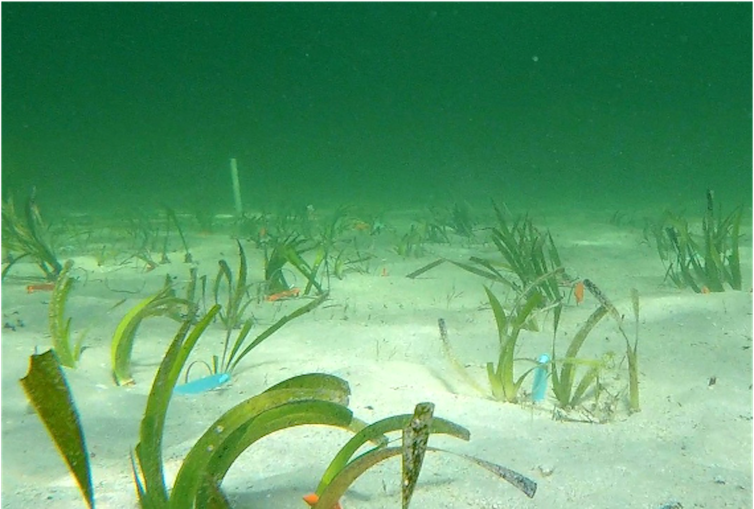
The Future Of Seagrass
Seagrasses protect our coasts from storm damage, store large amounts of carbon, and provide habitat for a great diversity of wildlife. Conserving and also restoring seagrass meadows has a vital role in climate change mitigation and adaptation.
Seagrasses are not immune from climate change impacts: warming temperatures, ocean acidification and extreme weather events are a significant challenge for them.
However, the detailed picture we now have of the great resilience of the giant seagrass of Shark Bay provides us hope they will be around for many years to come, especially if serious action is taken on climate change.![]()
Elizabeth Sinclair, Senior Research Fellow, The University of Western Australia; Gary Kendrick, Winthrop Professor, Oceans Institute, The University of Western Australia; Jane Edgeloe, PhD candidate (Marine Biology), The University of Western Australia, and Martin Breed, Senior Lecturer in Biology, Flinders University
This article is republished from The Conversation under a Creative Commons license. Read the original article.
Wild animals are evolving faster than anybody thought
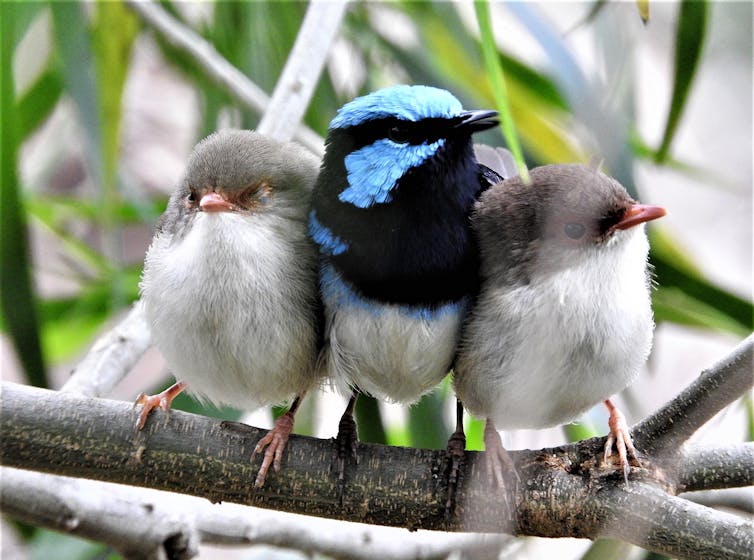
How fast is evolution? In adaptive evolution, natural selection causes genetic changes in traits that favour the survival and reproduction of individual organisms.
Although Charles Darwin thought the process occurred over geological timescales, we have seen examples of dramatic adaptive evolution over only a handful of generations. The peppered moth changed colour in response to air pollution, poaching has driven some elephants to lose their tusks and fish have evolved resistance to toxic chemicals.
However, it is still hard to tell how fast adaptive evolution is currently occurring. We also don’t know whether it has a hand in the fate of populations challenged by environmental change.
To measure the speed of adaptive evolution in the wild, we studied 19 populations of birds and mammals over several decades. We found they were evolving at twice to four times the speed suggested by earlier work. This shows adaptive evolution may play an important role in how the traits and populations of wild animals change over relatively short periods of time.
The Tools Of The Evolutionary Biologist: Maths And Binoculars
How do we measure how fast adaptive evolution is occurring? According to the “fundamental theorem of natural selection”, the amount of genetic difference in “fitness” to survive and reproduce among individuals across a population also corresponds to the population’s rate of adaptive evolution.
The “fundamental theorem” has been known for 90 years, but it has been difficult to apply in practice. Attempts to use the theorem in wild populations have been rare, and are plagued by statistical problems.
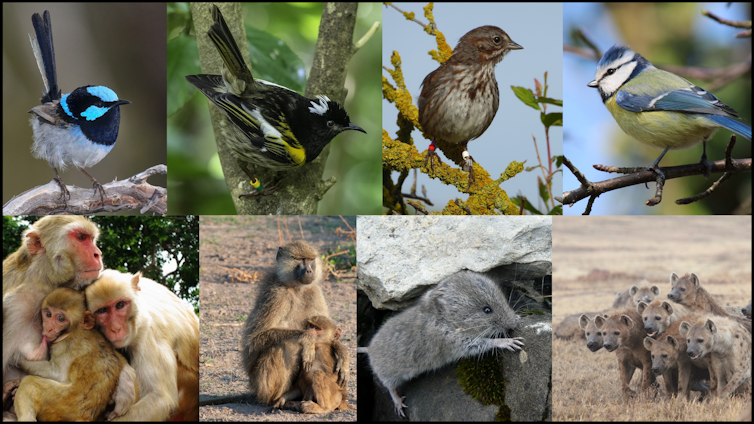
We worked with 27 research institutions to assemble data from 19 wild populations that have been monitored for long periods of time, some since the 1950s. Generations of researchers collected information about the birth, mating, reproduction and death of each individual in these populations.
Together, those data represent around 250,000 animals and 2.6 million hours of field work. The investment may look outrageous, but the data have already been used in thousands of scientific studies and will be used again.
Statistics To The Rescue
We then used quantitative genetic models to apply the “fundamental theorem” to each population. Instead of keeping track of changes in every gene, quantitative genetics uses statistics to capture the net effect emerging from changes in thousands of genes.
We also developed a new statistical method that fits the data better than previous models. Our method captures two key properties of how survival and reproduction are unevenly distributed across populations in the wild.
First, most individuals die before breeding, meaning there are a lot of entries in the “zero offspring” column of the lifetime reproduction record.
Second, whereas most breeders have only a few offspring, some have a disproportionately high number, leading to an asymmetric distribution.
The Rate Of Evolution
Among our 19 populations, we found that, on average, genetic change in response to selection was responsible for an 18.5% increase per generation in the ability of individuals to survive and reproduce.
This means offspring are on average 18.5% “better” than their parents. To put it another way, an average population could survive an 18.5% deterioration in the quality of its environment. (This may change if genetic response to selection is not the only force at play; more on that below.)
Given these rates, we found adaptive evolution could explain most recent changes in wild animal traits (such as size or reproductive timing). Other mechanisms are important too, but this is strong evidence evolution should be considered alongside other explanations.
An Exciting Result For An Uncertain Future
What does this mean for the future? At a time when natural environments are changing dramatically all over the world, due to climate change and other forces, will evolution help animals adapt?
Unfortunately, that is where things get tricky. Our research estimated only genetic changes due to natural selection, but in the context of climate change there are other forces at play.
First, there are other evolutionary forces (such as mutations, random chance and migration).
Second, the environmental change itself is likely a more important driver of population demographics than genetic change. If the environment keeps deteriorating, theory tells us that adaptive evolution will generally be unable to fully compensate.
Finally, adaptive evolution can itself change the environment experienced by future generations. In particular, when individuals compete with each other for a resource (such as food, territory or mates), any genetic improvement will lead to more competition in the population.
Our work alone is insufficient to draw predictions. However, it shows that evolution cannot be discounted if we want to accurately predict the near future of animal populations.
Despite the practical challenges, we are thrilled to witness Darwinian evolution, a process once thought exceedingly slow, acting observably in our lifetimes.![]()
Timothée Bonnet, Researcher in evolutionary biology (DECRA fellow), Australian National University
This article is republished from The Conversation under a Creative Commons license. Read the original article.
Australia’s biggest carbon emitter buckles before Mike Cannon-Brookes – so what now for AGL’s other shareholders?
Mark Humphery-Jenner, UNSW SydneyBillionaire Mike Cannon-Brookes has won a major battle against Australia’s biggest energy company, AGL Energy, thwarting its plan to split up the company’s coal-heavy generation and power distribution assets.
AGL’s board announced it was dumping its demerger proposal this morning. Heads have rolled too. Chief executive Graeme Hunt, chairman Peter Botten and non-executive director Jacqueline Hey have resigned. Another director, Diane Smith-Gander, will go in August.
But it remains to be seen if Cannon-Brookes and his allies can achieve their ultimate goal – to force AGL, Australia’s biggest carbon emitter, to accelerate the closure of its coal and gas-fired power stations.
Cannon-Brookes’ Hard Campaign
The plan to split AGL was due to go to a shareholders vote in mid-June, at which it required 75% support.
Earlier this year, Cannon Brookes – Australia’s third-richest person – led two unsuccessful takeover bids for AGL, with the goal of taking the company private and retiring its fossil fuel generators. He has campaigned hard against the demerger on the basis it would hinder his plan for AGL to lead Australia’s energy transition to renewables.
He strengthened his hand by spending, through his investment company Grok Ventures, about A$650 million to acquire a 11.3% stake in AGL – almost half the shares needed to thwart the demerger vote. This has made him AGL’s single biggest shareholder.
Securing Super Allies
Only 10 days ago, then chief executive Graeme Hunt called Cannon-Brookes’ opposition to the demerger “out-of-touch, undeliverable and irresponsible nonsense”.
But late last week, Cannon Brookes gained a symbolically significant ally in HESTA, the superannuation fund for health and community service workers. It announced it would vote against the demerger “because it will not adequately support economy-wide decarbonisation”. It said a “proactive and orderly transition to net zero emissions” was “in the best financial interests of our members”.
HESTA holds just 0.36% of AGL shares, but its siding with Cannon-Brookes was a sign AGL’s board was losing the war of words over what was best for shareholders.
AGL’s board confirmed that this morning when it withdrew the demerger proposal.
Why Did AGL’s Board Want To Demerge?
The board’s proposal to split (or demerge) AGL into two entities was to increase returns to shareholders.
“AGL Australia” would focus on energy distribution and trading. “Accel Energy” would own AGL’s existing half-dozen fossil-fuel generators – such as the Bayswater black coal-fired plant in NSW, the Loy Yang brown coal-fired station in Victoria and the Torrens Island gas-powered station in South Australia – as well as its wind, solar and hydroelectric assets.
The board argued this was good for shareholders in three key ways.
First, it would create two “pure-play” companies – focusing on only one line of business – which would be more attractive to investors wanting specific assets (such as energy distribution) but not others (such as coal generators). This could lead to a takeover bid offering more money than what Cannon-Brookes and his partners offered.
Second, each company would have focused managements, empowered to pursue strategies and opportunities “based on their unique assets and capabilities”.
Third, shareholders would have the choice to divest from fossil fuels while still keeping their investment in distribution.
The AGL board also argued the demerger could accelerate “decarbonisation beyond what could be achieved” under the existing structure.
This appeared to be based on the new AGL Australia being partly freed from the old AGL’s legacy fossil-fuel generation, and Accel Energy having more focus and better access to capital as a pure-play company.
Why Oppose The Demerger?
Cannon-Brookes (through Grok Ventures) argued three notable objections.
First, splitting and duplicating management structures would cost at least A$260 million, and $35 million a year thereafter.
Second, the two new companies would have more volatile cash flows and be less able to withstand financial shocks. Accel especially would be at “high insolvency risk” due to having so many assets in coal-fired generation.
Third, and most importantly, the demerger would eliminate the benefits of AGL being a vertically integrated electricity generator and distributor. “We believe that retaining vertical integration strategically positions AGL to lead Australia’s energy transition,” Grok Ventures argued.
What Now For AGL?
AGL is now in for a tumultuous period. It’s unclear who will replace Hunt as chief executive or Botten as chair.
Cannon-Brookes has reportedly demanded two board seats. But shareholders cannot merely demand and receive board seats, even if they are the largest or loudest. The board must act for all shareholders – the majority of which may well have supported the demerger.
By law, the board’s primary obligation is to the corporation’s best interests – which means maximising returns to shareholders.
On that basis it had solid ground on which to propose the demerger. Research shows that, on average, demergers, spin-offs and divestitures do benefit shareholders, while mergers and acquisitions tend to destroy shareholder value.
The board cannot adhere to what a minority of shareholders want – no matter how worthy their cause. It should generally not pursue social or policy goals unless they also maximise shareholder wealth.
On the other side of the ledger, the market has turned against fossil fuels. There is declining long-term shareholder value in coal-fired power stations. Banks are reportedly reluctant to lend to AGL given its ownership of coal and gas generators. However, it would seem logical for them to be willing to finance renewable energy investments.
AGL could potentially become a takeover target, though the question is at what price. On Monday, its share price dipped as low as $8.52 – but that’s still more than the $8.25 the Cannon-Brookes-led consortium offered in March. It’s possible, though, that they might revive that bid.
Aside from Cannon-Brookes being positioned to play a larger role, the future is uncertain. AGL has announced another strategic review. But it is not clear what, if anything, this will achieve – given its previous strategic review led to the now scrapped demerger.![]()
Mark Humphery-Jenner, Associate Professor of Finance, UNSW Sydney
This article is republished from The Conversation under a Creative Commons license. Read the original article.
To walk the talk on climate, Labor must come clean about the future for coal and gas
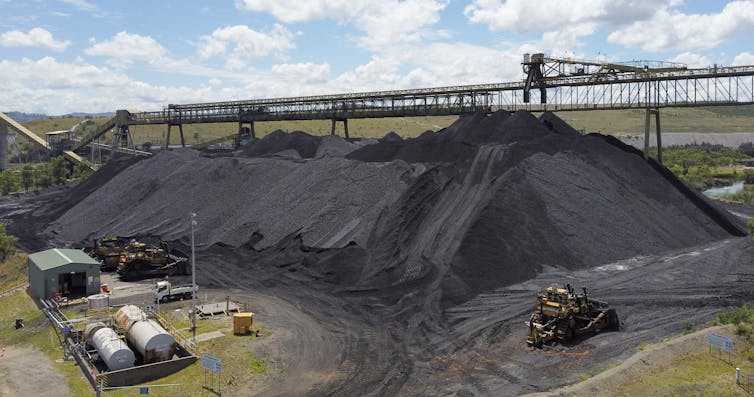
Australia’s climate election has been won. Now comes the harder part. It’s now entirely possible we could see a government committed to domestic climate action, speeding up the exit of coal and gas from our grid and electrifying transport –while still exporting vast quantities of fossil fuels for other countries to burn.
In short, we could fall into what we can call the “Norway trap”: clean at home, dirty abroad. Norway has vigorously pursued clean energy and electric transport at home and is progressing well towards its goal of a 55% reduction in emissions by the end of the decade – while doubling down on exporting its oil and gas reserves, thereby undermining its domestic gains.
In Australia, Labor still believes in supporting and expanding our fossil fuel exports, which are by far our largest contribution to heating the planet. Backing fossil fuels no doubt helped the new government keep coal seats such as Hunter in New South Wales.
To change this situation, we need to urgently reduce the influence of the fossil fuel lobby – and include our exported emissions in the government’s net zero plans plans.
Wasn’t This The Climate Election?
Despite the clear mandate for stronger climate action, both major parties soft-pedalled on exports to woo electorates with substantial coal and gas infrastructure. Seats such as Hunter, and Flynn in Queensland, recorded swings to Labor in a reversal of the 2019 election, when Labor was not seen to be standing up for the interests of coal communities.
This time around, Labor made its support clear, flagging continuation – and even expansion – of our fossil fuel exports. In a speech to the Minerals Council last year, Anthony Albanese said of coal exports, “We will continue to export these commodities.”
That means Australia will go to the next global climate summit trumpeting its increased commitment to slashing emissions while maintaining its dubious role as one of the largest fossil fuel exporters in the world. We could even see ourselves once again aligned with Russia and Saudi Arabia on opposing production cuts.
It’s long been a climate sceptic talking point that Australia’s emissions are just 1.2% of the world’s total – the 15th-highest in the world. But our vast liquefied natural gas (LNG), thermal and metallurgical coal exports are the equivalent of double our domestic emissions. That means exports are by far our biggest contribution to climate change.
Real Change Starts With Taming The Lobbyists
Little about this situation will change while Labor and the Coalition keep listening to the fossil fuel industry – and accepting millions of dollars in donations. Over the past decade the fossil fuel industry has given hundreds of millions of dollars to political parties. Woodside, one of Australia’s largest oil and gas producers, has donated more than A$2 million to political parties.
Without change, the revolving door of politicians and staffers who end up working for fossil fuel companies will continue slowing climate policy.
This election offers us a long overdue reset. What we need is to tackle Australia’s total contribution to climate change. That includes our role as one of the world’s top exporters of government-subsidised fossil fuels. We can’t just aim to get Australia to net zero and say job done if we leave the export industry to just keep growing, with more than 100 fossil fuel projects in the pipeline.
Steps the government should take immediately should include clamping down on fossil fuel lobbyists and the revolving door. It would be simple to ban government employees from joining the fossil fuel industry without a long cool-down period, as well as banning ex-ministers or politicians from taking up lucrative posts in the industry when they leave politics. The government should also end all direct and indirect subsidies to the fossil fuel industry.
Our fossil fuel lobby has had too many wins over the last two decades. We cannot afford to have our government beholden to an industry incompatible with a liveable climate. We can expect lobby groups to lay low for a little while. But the role of these lobbyists is to ensure that nothing actually challenges their ability to export vast quantities of fossil fuels.

We Cannot Ignore Our Role In Heating The Planet
You’ve no doubt heard the argument that if we don’t export fossil fuels, someone else will. This doesn’t stack up.
That’s because the argument ignores the impact leadership in this area would have. If one of the world’s largest fossil fuel exporters began to phase out its exports and bed down a just transition for those affected, it would have a huge impact on fossil fuel finance and signal time really is up for an industry long thought untouchable. Leading on this would show our neighbours in the Pacific that we can change.
This argument is also morally dubious. Just because someone else is doing something unacceptable, that doesn’t give anyone else license to do the same. We cannot let our leaders and fossil fuel companies off the hook just because other fossil fuel exporters exist. If this argument were really true, then Australia should have no qualms about engaging in bribery or corruption to achieve its ends if other countries are likely to do so.
This election result – and especially the climate campaigns of the Greens and teal independents – has given us our first good opportunity in years to make a real dint in our emissions, both local and exported.![]()
Jeremy Moss, Professor of Political Philosophy, UNSW Sydney
This article is republished from The Conversation under a Creative Commons license. Read the original article.
AI could help us spot viruses like monkeypox before they cross over – and help conserve nature

When a new coronavirus emerged from nature in 2019, it changed the world. But COVID-19 won’t be the last disease to jump across from the shrinking wild. Just this weekend, it was announced that Australia, is no longer an onlooker, as Canada, the US and European countries scramble to contain monkeypox, a less dangerous relative of the feared smallpox virus we were able to eradicate at great cost.
As we push nature to the fringes, we make the world less safe for both humans and animals. That’s because environmental destruction forces animals carrying viruses closer to us, or us to them. And when an infectious disease like COVID does jump across, it can easily pose a global health threat given our deeply interconnected world, the ease of travel and our dense and growing cities.
We can no longer ignore that humans are part of the environment, not separate to it. Our health is inextricably linked to the health of animals and the environment. This will not be the last pandemic.
To be better prepared for the next spillover of viruses from animals, we must focus on the connections between human, environmental and animal health. This is known as the One Health approach, endorsed by the World Health Organization and many others.
We believe artificial intelligence can help us better understand this web of connection, and teach us how to keep life in balance.

How Can AI Help Us Ward Off New Pandemics?
Fully 60% of all infectious diseases affecting humans are zoonoses, meaning they came from animals. That includes the lethal Ebola virus, which came from primates, swine flu, from pigs, and the novel coronavirus, most likely from bats. It’s also possible for humans to give animals our diseases, with recent research suggesting transmission of COVID-19 from humans to cats as well as deer.
Early warning of new zoonoses is vital, if we are to be able to tackle viral spillover before it becomes a pandemic. Pandemics such as swine flu (influenza H1N1) and COVID-19 have shown us the enormous potential of AI-enabled prediction and disease surveillance. In the case of monkeypox, the virus has already been circulating in African countries, but has now made the leap internationally.
What does this look like? Think of collecting and analysing real-time data on infection rates. In fact, AI was used to first flag the novel coronavirus as it was becoming a pandemic, with work done by AI company Bluedot and HealthMap at Boston Children’s Hospital.
How? By tracking vast flows of data in ways humans simply cannot do. Healthmap, for instance, uses natural language processing and machine learning to analyse data from government reports, social media, news sites, and other online sources to track the global spread of outbreaks.
We can also use AI to mine social media data to understand where and when the next COVID surge will occur. Other researchers are using AI to examine the genomic sequences of viruses infecting animals in order to predict whether they could potentially jump from their animal hosts into humans.
As climate change alters the earth’s systems, it is also changing the ways disease spreads and their distributions. Here, too, AI can be put to use in new surveillance methods.
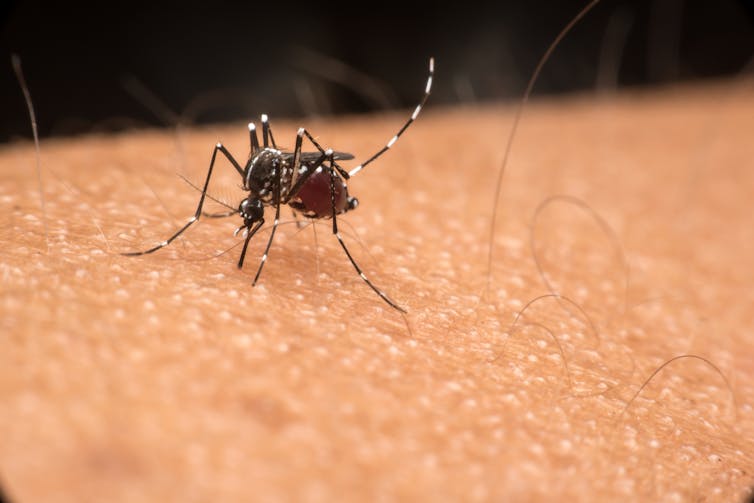
Better Conservation Through AI
There are clear links between our destruction of the environment and the emergence of new infectious diseases and zoonotic spillovers. That means protecting and conserving nature also helps our health. By keeping ecosystems healthy and intact, we can prevent future disease outbreaks.
In conservation, too, AI can help. For instance, Wildbook uses computer-vision algorithms to detect individual animals in images, and track them over time. This allows researchers to produce better estimates of population sizes.
Trashing the environment by deforestation or illegal mining can also be spotted by AI, such as through the Trends.Earth project, which monitors satellite imagery and earth observation data for signs of unwelcome change.
Citizen scientists can pitch in as well by helping train machine learning algorithms to get better at identifying endangered plants and animals on platforms like Zooniverse.
AI For The Natural World As Well As Humans
Researchers are beginning to consider the ethics of AI research on animals. If AI is used carelessly, we could actually see worse outcomes for domestic and wild animal species, for example, animal tracking data can be prone to errors if not double-checked by humans on the ground, or even hacked by poachers.
AI is ethically blind. Unless we take steps to embed values into this software, we could end up with a machine which replicates existing biases. For instance, if there are existing inequalities in human access to water resources, these could easily be recreated in AI tools which would maintain this unfairness. That’s why organisations such as the AINowInstitute are focusing on bias and environmental justice in AI.
In 2019, the EU released ethical guidelines for trustworthy AI. The goal was to ensure AI tools are transparent and prioritise human agency and environmental health.
AI tools have real potential to help us tackle the next pandemic by keeping tabs on viruses and helping us keep nature intact. But for this to happen, we will have to widen AI outwards, away from the human-centredness of most AI tools, towards embracing the fullness of the environment we live in and share with other species.
We should do this while embedding our AI tools with principles of transparency, equity and protection of rights for all.![]()
Ann Borda, Associate Professor, Melbourne Medical School, The University of Melbourne; Andreea Molnar, Associate Professor, Swinburne University of Technology; Cristina Neesham, Associate Professor of Business Ethics and Corporate Social Responsibility, Newcastle University, and Prof Patty Kostkova, Professor in Digital Health, Director of UCL Centre of Digital Public Health in Emergencies (dPHE), UCL
This article is republished from The Conversation under a Creative Commons license. Read the original article.
3 ways the Albanese government can turn Australia into a renewable energy superpower – without leaving anyone behind

Australians will bear yet another blow to our cost of living in July when electricity prices will surge up to 18.3%, which amounts to over A$250 per year in some cases.
This is partly due to geopolitical tensions driving up the cost of generating electricity from coal and gas – costs that are increasingly volatile – leading the Australian Energy Regulator to increase its so-called “default market offers” for electricity retailers in New South Wales, South Australia and Queensland.
If the Albanese government ever needed another reason to turbocharge its efforts on renewable energy and storage, this is it.
Investing in renewables, energy storage, electric vehicles and other clean industries will not only lower power prices, but will also lower emissions, increase our self-sufficiency, create new jobs, and protect us from international price shocks like we’re seeing now.
Fortunately, the Albanese government has a strong mandate for game-changing climate action this decade. The government aims for renewable energy to make up over 80% of Australia’s electricity mix by 2030, but its pledge of $20 billion for new transmission infrastructure means we can aim higher and go faster.
Holding us back, however, is continued investment in the coal industry. Indeed, doubling down on fossil fuels right now would be extraordinarily reckless from a security perspective – as the United Nations climate envoy pointed out this month, “no one owns the wind or the sun”.
So how can Australia transform into a renewable energy powerhouse? Here are three important ways the Albanese government can meet its ambition swiftly and justly.
1. Energy Justice With Community Energy
Communities must be placed at the heart of the energy transition if we’re to see energy justice in Australia. Energy justice is when all members of society are granted access to clean energy, particularly disadvantaged communities such as those without housing security.
One way to make this happen is with community-owned renewable energy and storage, such as wind energy co-operatives. For example, the Hepburn Wind Co-operative is a 4.1 megawatt wind farm owned by more than 2,000 community shareholders. Another example is community-owned social enterprise electricity retailers such as Enova, which has more than 1,600 community shareholders.
Labor has made a great start. Its Powering Australia plan pledges to install 400 community batteries and develop shared solar banks to give renters, people in apartments, and people who can’t afford upfront installation costs access to solar energy.
The next step should be a rapid roll out of a federal community solar scheme, similar to a program in the United States. The US Community Solar scheme is backed by legislation to create a third-party market for communities. It allows communities to own solar panels or a portion of a solar project, or to buy renewable energy with a subscription.
This means lower socio-economic households can benefit from clean, reliable and cheaper electricity from solar when they’re not able to put panels on their rooftop.
Australia needs a dedicated national policy or government body that builds on the work of other bodies, such as the Coalition for Community Energy, to govern community-based energy and enshrine the principles of energy justice.
2. Rapid Uptake Of Offshore Wind
Offshore wind farms represent a key opportunity for Australia’s decarbonisation – the combined capacity of all proposed offshore wind projects would be greater than all Australia’s coal-fired power plants.
But Australia’s offshore wind industry is only in its infancy. And while Labor’s Powering Australia plan targets manufacturing wind turbine components, it lacks policy ambition for offshore wind.
Renewable Energy Zones (a bit like the renewables equivalent of a power station) are currently being rolled out Australia wide. These should encompass offshore wind zones to encourage the rapid uptake of this vast energy source.
For example, in February, the Renewable Energy Zone in the Hunter-Central Coast region had seven offshore wind proposals and attracted over $100 billion in investment. Potential renewable energy projects in this region represent over 100,000 gigawatt hours of energy – the same as the annual output of ten coal-fired power stations.
The federal government should also set an offshore wind target to accelerate uptake. Victoria, for instance, recently announced a target of 2 gigawatts installed by 2032, 4 gigawatts by 2035, and 9 gigawatts by 2040.
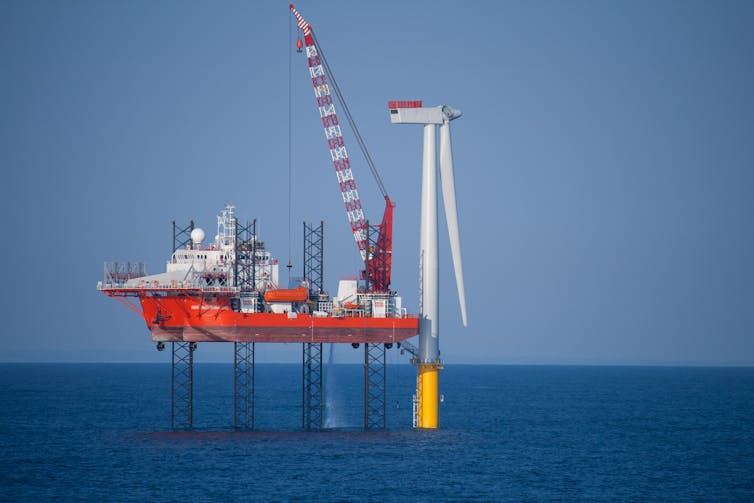
Similarly, the United Kingdom recently increased its offshore wind target to 50 gigawatts by 2030 – the equivalent to powering every household in the nation, according to the UK government.
Despite its potential, Australia only introduced federal legislative framework for offshore wind last year – and it needs work. For example, the legislation doesn’t incorporate marine spatial planning, which is a process of coordinating sectors that rely on the ocean, such as marine conservation, the fishing industry, and the government.
3. Just Transitions For Coal Communities
The Australian Energy Market Operator says the National Electricity Market could be 100% powered by renewables by 2025. Further closures of aging and unreliable coal-fired power stations are inevitable.
The government must not leave carbon-intensive regions behind in the transition to new clean industries. If we do this right, generations of Australians could be working in renewable energy, clean manufacturing, renewable hydrogen, and the extraction of critical minerals.
Creating a national coal commission could help produce a roadmap away from fossil fuels, and seize on the opportunity to create clean jobs. This is being done in Germany, where a government-appointed coal commission consulted unions, coal regions, local communities and more to develop a pathway to transition the coal industry by 2038.
We can also see this in Canada, which is developing legislation with principles of a just transition by establishing a body to provide advice on strategies supporting workers and communities.
Strong climate and energy policy will take hard work – let’s hope this truly marks the end of the climate wars and the start of Australia’s turbocharged energy transition.![]()
Madeline Taylor, Senior Lecturer, Macquarie University
This article is republished from The Conversation under a Creative Commons license. Read the original article.
Tapping mineral wealth in mining waste could offset damage from new green economy mines
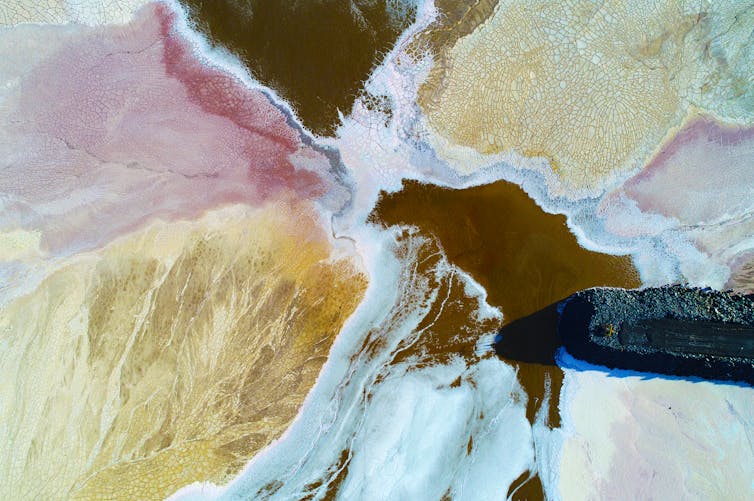
To go green, the world will need vast quantities of critical minerals such as manganese, lithium, cobalt and rare earth elements. But to some environmentalists, mining to save the planet is a hard pill to swallow if it leads to damage to pristine areas.
The good news is that in many cases, the mining for these minerals has already been done. After Australia’s major miners dig up iron ore, billions of tonnes of earth and rock are left over. Hidden in these rock piles and tailing dams are minerals vital to high tech industries of today and tomorrow.
In recent years, we have seen a welcome focus on remining – the extraction of valuable minerals and metals from mining waste. While Australia has been slow to adopt this approach, it holds real promise. We don’t necessarily have to mine more. We can mine smarter.
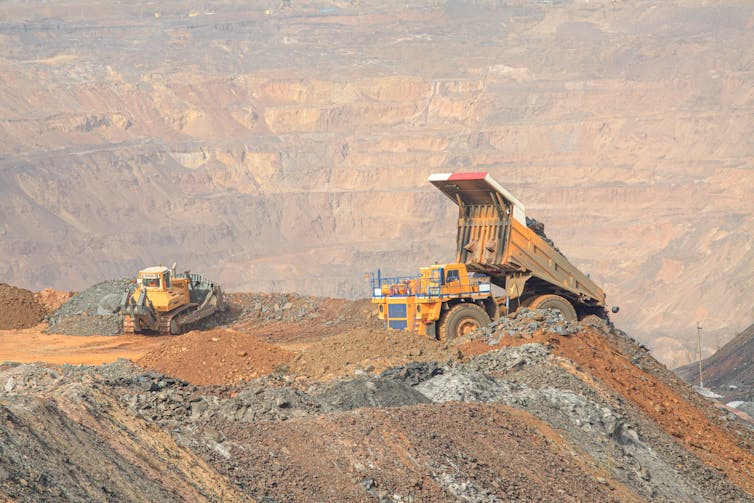
Why Do Critical Minerals Matter?
For our new government to deliver net-zero by 2050, we will have to mine more critical minerals. In Australia, these minerals include lithium, cobalt, rare earth elements, tin, tungsten and indium. These metals are essential for manufacturing the wind turbines and electric vehicles required to transition to a low-carbon economy.
In May, Four Corners explored the potential for critical minerals mining in Australia, such as Western Australia’s major lithium deposits, cobalt resources in New South Wales and Tasmania’s opportunities in tungsten and tin. For nearby communities, new mining can mean socioeconomic rejuvenation.
But some environmentalists are sceptical, with the Bob Brown Foundation calling it a form of “greenwashing”. They point out that increasing mining would mean more damage to the environment, and produce much more waste. Globally, mining produces over 100 billion tonnes of solid waste annually. This waste is usually deposited in tailings dams or waste rock dumps, which both have risks if not done properly. Tailing dams breaking due to geotechnical issues have caused lethal disasters. Another issue is acid mine drainage, when highly acidic water laden with heavy metals escapes containment.
If Australia does want to make the most of its critical minerals, it is important to improve mining methods. If we don’t, we are likely to see extremely high waste to product ratios, as we already do for traditional commodities like gold, copper and iron.
Balancing these concerns is difficult. For instance, the multi-metal Rosebery mine in Tasmania requires a new way to store tailings to continue operations. If it doesn’t, the mine’s operators say they may have to close. But the Bob Brown Foundation is strongly protesting its construction, due to the threat to a rare owl.
One Solution? Mine The Waste
How can we resolve these issues? One approach is to look to circular economy principles. By treating this waste as a source of value, we could reduce the environmental footprint of mining while producing critical minerals and other vital products such as sand.
For instance, at the Luossavaara-Kiirunavaara Aktiebolag mine in Sweden, the tailings from iron ore mining now comprise one of the largest deposits of rare earth elements in Europe. Recognising this, the mine’s owners are planning a circular industrial park to recover these valuable elements.
Similarly, the world’s annual phosphate production is estimated to contain around 100,000 tonnes of rare earth elements, a large proportion of which ends up in waste streams.
Copper deposits are a well-known source of many critical metals such as antimony and bismuth, as well as cobalt and indium.
Even in coal ash – the deposits left after burning coal – we can find valuable minerals such as gallium, scandium, vanadium and rare earth elements.
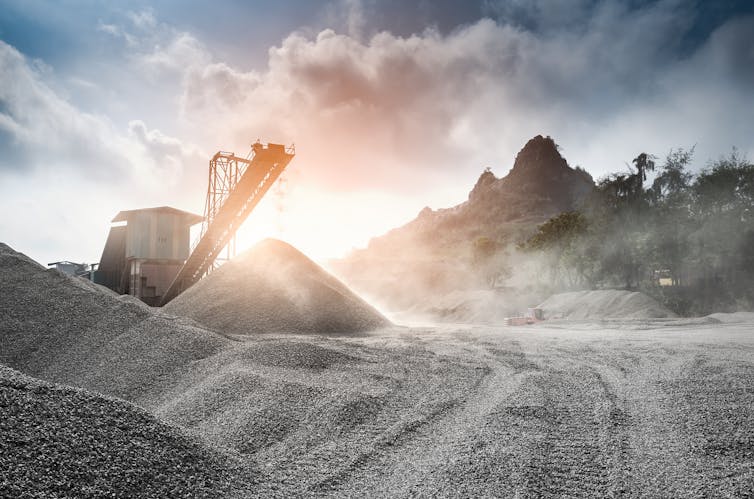
A Growing Area Of Interest
There is growing interest in extracting minerals from mining waste, with conferences held in the new area of remining in Europe and new prospecting ventures under way in Australia exploring mine waste.
The first to invest in this secondary prospecting was the Queensland government, which has funded sampling across 16 sites. Early results have found cobalt deposits rich enough to draw overseas investment.
New South Wales has recently launched a similar program, while work is under way by Geoscience Australia, the University of Queensland and RMIT to produce the first-ever atlas of mine waste in Australia.
Once complete, this atlas will be a valuable resource for companies keen to position themselves as tailings extraction experts such as New Century Resources.
Major miners are also paying attention. Rio Tinto has invested A$2 million into a new startup, Regeneration, which uses income from mine waste mineral recovery to pay for mining site rehabilitation.
Do We Have The Right Technologies For The Task?
Existing technologies are being put to work to extract manganese from waste from South 32 mines using aqueous solutions.
Another proven technique, gravity separation, is being used to recover tungsten from mine waste at Mt Carbine.
For some deposits, however, we will need more advanced techniques. These might include emerging methods such as fine particle flotation, and even using remarkable plants to mine metal in a process called phytomining.
Given the federal government has committed A$240 million to develop critical mineral processing facilities, we should explore the use of mine waste as feedstock.
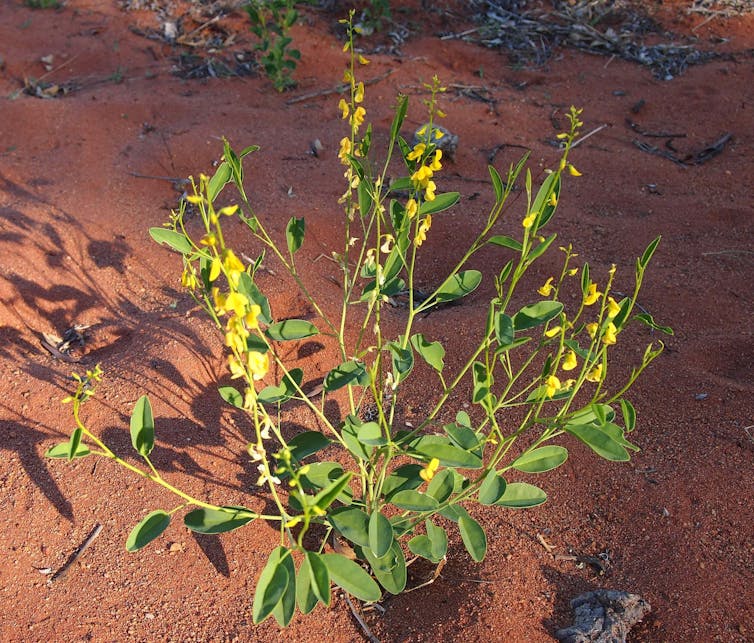
Early Days For Re-Mining
Australia’s mineral wealth could see us become a renewable and critical mineral superpower. But to ensure this shift gains widespread support, we must do the best we can to tackle environmental concerns. To spur on this change, we can vote with our wallets. Companies like Volkswagen and Apple are looking for new providers of critical minerals, given ethical and geopolitical concerns around existing supplies.
If we as consumers call for a percentage to be sourced from mine waste, we could drive clean economic growth and reduce the need for new mines, while funding the rehabilitation of Australia’s 50,000 abandoned mine sites.![]()
Anita Parbhakar-Fox, Principal Research Fellow/ Group Leader- MIWATCH, The University of Queensland; Kamini Bhowany, Postdoctoral Research Fellow, The University of Queensland; Kristy Guerin, Postdoctoral Research Fellow; Laura Jackson, , The University of Queensland, and Partha Narayan Mishra, , The University of Queensland
This article is republished from The Conversation under a Creative Commons license. Read the original article.
Pittwater Reserves: Histories + Notes + Pictorial Walks
A History Of The Campaign For Preservation Of The Warriewood Escarpment by David Palmer OAM and Angus Gordon OAM
America Bay Track Walk - photos by Joe Mills
Angophora Reserve - Angophora Reserve Flowers
Annie Wyatt Reserve - A Pictorial
Avalon's Village Green: Avalon Park Becomes Dunbar Park - Some History + Toongari Reserve and Catalpa Reserve
Bairne Walking Track Ku-Ring-Gai Chase NP by Kevin Murray
Bangalley Headland Bangalley Mid Winter
Banksias of Pittwater
Barrenjoey Boathouse In Governor Phillip Park Part Of Our Community For 75 Years: Photos From The Collection Of Russell Walton, Son Of Victor Walton
Barrenjoey Headland: Spring flowers
Barrenjoey Headland after fire
Bayview Baths
Bayview Wetlands
Beeby Park
Bilgola Beach
Botham Beach by Barbara Davies
Bungan Beach Bush Care
Careel Bay Saltmarsh plants
Careel Bay Birds
Careel Bay Clean Up day
Careel Bay Playing Fields History and Current
Careel Creek
Careel Creek - If you rebuild it they will come
Centre trail in Ku-ring-gai Chase National Park
Chiltern Track- Ingleside by Marita Macrae
Clareville Beach
Clareville/Long Beach Reserve + some History
Coastal Stability Series: Cabbage Tree Bay To Barrenjoey To Observation Point by John Illingsworth, Pittwater Pathways, and Dr. Peter Mitchell OAM
Cowan Track by Kevin Murray
Curl Curl To Freshwater Walk: October 2021 by Kevin Murray and Joe Mills
Currawong and Palm Beach Views - Winter 2018
Currawong-Mackerel-The Basin A Stroll In Early November 2021 - photos by Selena Griffith
Currawong State Park Currawong Beach + Currawong Creek
Deep Creek To Warriewood Walk photos by Joe Mills
Drone Gives A New View On Coastal Stability; Bungan: Bungan Headland To Newport Beach + Bilgola: North Newport Beach To Avalon + Bangalley: Avalon Headland To Palm Beach
Duck Holes: McCarrs Creek by Joe Mills
Dunbar Park - Some History + Toongari Reserve and Catalpa Reserve
Dundundra Falls Reserve: August 2020 photos by Selena Griffith - Listed in 1935
Elsie Track, Scotland Island
Elvina Track in Late Winter 2019 by Penny Gleen
Elvina Bay Walking Track: Spring 2020 photos by Joe Mills
Elvina Bay-Lovett Bay Loop Spring 2020 by Kevin Murray and Joe Mills
Fern Creek - Ingleside Escarpment To Warriewood Walk + Some History photos by Joe Mills
Iluka Park, Woorak Park, Pittwater Park, Sand Point Reserve, Snapperman Beach Reserve - Palm Beach: Some History
Ingleside
Ingleside Wildflowers August 2013
Irrawong - Ingleside Escarpment Trail Walk Spring 2020 photos by Joe Mills
Irrawong - Mullet Creek Restoration
Katandra Bushland Sanctuary - Ingleside
Lucinda Park, Palm Beach: Some History + 2022 Pictures
McCarrs Creek
McCarr's Creek to Church Point to Bayview Waterfront Path
McKay Reserve
Mona Vale Beach - A Stroll Along, Spring 2021 by Kevin Murray
Mona Vale Headland, Basin and Beach Restoration
Mount Murray Anderson Walking Track by Kevin Murray and Joe Mills
Mullet Creek
Narrabeen Creek
Narrabeen Lagoon Catchment: Past Notes Present Photos by Margaret Woods
Narrabeen Lagoon State Park
Narrabeen Lagoon State Park Expansion
Narrabeen Rockshelf Aquatic Reserve
Nerang Track, Terrey Hills by Bea Pierce
Newport Bushlink - the Crown of the Hill Linked Reserves
Newport Community Garden - Woolcott Reserve
Newport to Bilgola Bushlink 'From The Crown To The Sea' Paths: Founded In 1956 - A Tip and Quarry Becomes Green Space For People and Wildlife
Pittwater spring: waterbirds return to Wetlands
Pittwater's Lone Rangers - 120 Years of Ku-Ring-Gai Chase and the Men of Flowers Inspired by Eccleston Du Faur
Pittwater's Parallel Estuary - The Cowan 'Creek
Resolute Track at West Head by Kevin Murray
Resolute Track Stroll by Joe Mills
Riddle Reserve, Bayview
Salvation Loop Trail, Ku-Ring-Gai Chase National Park- Spring 2020 - by Selena Griffith
Stapleton Reserve
Stapleton Park Reserve In Spring 2020: An Urban Ark Of Plants Found Nowhere Else
The Chiltern Track
The Resolute Beach Loop Track At West Head In Ku-Ring-Gai Chase National Park by Kevin Murray
Towlers Bay Walking Track by Joe Mills
Trafalgar Square, Newport: A 'Commons' Park Dedicated By Private Landholders - The Green Heart Of This Community
Tranquil Turimetta Beach, April 2022 by Joe Mills
Turimetta Beach Reserve by Joe Mills, Bea Pierce and Lesley
Turimetta Beach Reserve: Old & New Images (by Kevin Murray) + Some History
Turimetta Headland
Warriewood Wetlands and Irrawong Reserve
Whale Beach Ocean Reserve: 'The Strand' - Some History On Another Great Protected Pittwater Reserve
Wilshire Park Palm Beach: Some History + Photos From May 2022
Winji Jimmi - Water Maze

New Shorebirds WingThing For Youngsters Available To Download
A Shorebirds WingThing educational brochure for kids (A5) helps children learn about shorebirds, their life and journey. The 2021 revised brochure version was published in February 2021 and is available now. You can download a file copy here.
If you would like a free print copy of this brochure, please send a self-addressed envelope with A$1.10 postage (or larger if you would like it unfolded) affixed to: BirdLife Australia, Shorebird WingThing Request, 2-05Shorebird WingThing/60 Leicester St, Carlton VIC 3053.

 Shorebird Identification Booklet
Shorebird Identification Booklet
The Migratory Shorebird Program has just released the third edition of its hugely popular Shorebird Identification Booklet. The team has thoroughly revised and updated this pocket-sized companion for all shorebird counters and interested birders, with lots of useful information on our most common shorebirds, key identification features, sighting distribution maps and short articles on some of BirdLife’s shorebird activities.
The booklet can be downloaded here in PDF file format: http://www.birdlife.org.au/documents/Shorebird_ID_Booklet_V3.pdf
Paper copies can be ordered as well, see http://www.birdlife.org.au/projects/shorebirds-2020/counter-resources for details.
Download BirdLife Australia's children’s education kit to help them learn more about our wading birdlife
Shorebirds are a group of wading birds that can be found feeding on swamps, tidal mudflats, estuaries, beaches and open country. For many people, shorebirds are just those brown birds feeding a long way out on the mud but they are actually a remarkably diverse collection of birds including stilts, sandpipers, snipe, curlews, godwits, plovers and oystercatchers. Each species is superbly adapted to suit its preferred habitat. The Red-necked Stint is as small as a sparrow, with relatively short legs and bill that it pecks food from the surface of the mud with, whereas the Eastern Curlew is over two feet long with a exceptionally long legs and a massively curved beak that it thrusts deep down into the mud to pull out crabs, worms and other creatures hidden below the surface.
Some shorebirds are fairly drab in plumage, especially when they are visiting Australia in their non-breeding season, but when they migrate to their Arctic nesting grounds, they develop a vibrant flush of bright colours to attract a mate. We have 37 types of shorebirds that annually migrate to Australia on some of the most lengthy and arduous journeys in the animal kingdom, but there are also 18 shorebirds that call Australia home all year round.
What all our shorebirds have in common—be they large or small, seasoned traveller or homebody, brightly coloured or in muted tones—is that each species needs adequate safe areas where they can successfully feed and breed.
The National Shorebird Monitoring Program is managed and supported by BirdLife Australia.
This project is supported by Glenelg Hopkins Catchment Management Authority and Hunter Local Land Services through funding from the Australian Government’s National Landcare Program. Funding from Helen Macpherson Smith Trust and Port Phillip Bay Fund is acknowledged.
The National Shorebird Monitoring Program is made possible with the help of over 1,600 volunteers working in coastal and inland habitats all over Australia.
The National Shorebird Monitoring program (started as the Shorebirds 2020 project initiated to re-invigorate monitoring around Australia) is raising awareness of how incredible shorebirds are, and actively engaging the community to participate in gathering information needed to conserve shorebirds.
In the short term, the destruction of tidal ecosystems will need to be stopped, and our program is designed to strengthen the case for protecting these important habitats.
In the long term, there will be a need to mitigate against the likely effects of climate change on a species that travels across the entire range of latitudes where impacts are likely.
The identification and protection of critical areas for shorebirds will need to continue in order to guard against the potential threats associated with habitats in close proximity to nearly half the human population.
Here in Australia, the place where these birds grow up and spend most of their lives, continued monitoring is necessary to inform the best management practice to maintain shorebird populations.
BirdLife Australia believe that we can help secure a brighter future for these remarkable birds by educating stakeholders, gathering information on how and why shorebird populations are changing, and working to grow the community of people who care about shorebirds.
To find out more visit: http://www.birdlife.org.au/projects/shorebirds-2020/shorebirds-2020-program
Aussie Bread Tags Collection Points

Helping Households With Energy Bills
National Seniors Welcomes New Aged Care Ministers
End The ‘Do Nothing’ Decade For Seniors With Disabilities: Joint Statement By Organisations
- A short term funding solution for people with high intensity support needs so they can receive the same standard care and support as other Australians with disabilities, regardless of when they were acquired.
- A fair and transparent consultation process that prioritises the needs, choices and goals of people with disabilities aged over 65.
- A streamlined solution that works for older people with severe disabilities as well as aged care and disability service providers.
- If you acquire a disability after you turn 65, there is no disability support available to fund your care.
- If you were eligible for the NDIS during your life but were not accepted before you turned 65, you are not eligible for any Federal Government disability support.
- People with disabilities over 65 must rely on Home Care Packages that are currently capped at $52,000 each However, the proper care for a 65+ year old person with quadriplegia costs more than $200,000 a year.
- Funding and care shortfalls are currently met by family members who leave their jobs to become carers and sell their homes to fund support.
- The current gap in funding places unbearable pressure on older partners who have their own care and support They now spend their time fighting for funding in a complex system that should empower and support them.
Tax Time Scams And How To Avoid Them


- Contact people you know: Let your friends and family know what's happened.
- Contact your financial institution: If you've provided your bank or credit card details to the scammer, contact your financial institution immediately. They may be able to stop the transaction, perform a 'charge back' to your credit card (reverse the transaction) or close your bank account.
- Recover your stolen identity: If you have had your identity stolen, get in touch with contact IDCARE, a government website that will work with you to plan a response. Visit the IDCARE website or call 1800 595 160. You can also apply for a Commonwealth Victims' Certificate to support your claim that you've been a victim of identity crime and help re-establish credentials.
- Report the scam to authorities: Report scams to the ACCC via the Report a Scam website. Depending on the type of scam, you may also need to report it to the ATO, Centrelink, Medicare, the ACCC, the police, and the Australian Securities and Investments Commission. You should also report the scam to your telecommunications provider, email service, and/or the social media platform (depending how you were first contacted).
- Change your online passwords: If any of your online accounts have been compromised, change your password immediately. Most websites will have instructions for how you can recover a hacked account if you're unable to get into it.
- Set up two-factor authentication for online accounts: Two (or three factor) authentication offers an extra layer of protection. Along with your username and password, most two-factor authentication will set up a second step such as entering a code sent to your phone or email. This makes it harder for hackers to access your account without first gaining access to your phone or email. Most websites will have instructions for how to set this up for your online account.
How to complain about aged care and get the result you want

It can be hard to know what to say, or who to talk to, if you notice something isn’t right for you or a loved one in residential aged care.
You might have concerns about personal or medical care, being adequately consulted about changes to care, or be concerned about charges on the latest bill. You could also be concerned about theft, neglect or abuse.
Here’s how you can raise issues with the relevant person or authority to improve care and support for you or your loved one.
Keep Records
You can complain about any aspect of care or service. For instance, if medical care, day-to-day support or financial matters do not meet your needs or expectations, you can complain.
It is best to act as soon as you notice something isn’t right. This may prevent things from escalating. Good communication helps get better results.
Make written notes about what happened, including times and dates, and take photos. Try to focus on facts and events. You can also keep a record of who was involved and their role.
Keep track of how the provider responded or steps taken to resolve the issue. Write notes of conversations and keep copies of emails.
Who Do I Complain To?
Potential criminal matters
If you have concerns about immediate, serious harm of a criminal nature then you should contact the police, and your provider immediately. These types of serious incidents include unreasonable use of force or other serious abuse or neglect, unlawful sexual contact, stealing or unexpected death.
The provider may have already contacted you about this. They are required to report such serious incidents to both the Aged Care Quality and Safety Commission within 24 hours, and to the police.
Other matters
For other matters, talk to the care staff involved. Try to find out more detail about what happened and why things went wrong. Think about what you expect in the situation.
Then talk to the most senior person in charge, to see if they can make changes so things don’t go wrong in the future. This person may be called the nursing unit manager, care manager or care director.
Providers must acknowledge and investigate your complaint, tell you their findings and actions taken, and follow up to see if you are satisfied.
If you would like support to talk to the provider, the Older Persons Advocacy Network can help. This free service provides independent and confidential support to help find solutions with the aged-care provider. The network can also help you lodge a formal complaint.
How To I Lodge A Formal Complaint?
If you are not satisfied with the way your provider responded, you can lodge a complaint with the Aged Care Quality and Safety Commission.
Be prepared to submit the facts and events, plus emails and correspondence, you have already collected. Think about what you want to happen to resolve the complaint.
Each complaint is handled individually and prioritised depending on the risks to you or your loved one. The commission will start its processes within one business day when complaints are urgent. The resolution process took an average 40 days in 2020-21.
You can complain confidentially, or anonymously if you feel safer. But the commission may not be able to investigate fully if it’s anonymous. Also, there are limits to what the commission can do. It cannot ask providers to terminate someone’s employment, or provide direct clinical advice about treatment.

Sometimes the commission has issued a “non-compliance” notice to the provider (for a failure to meet quality standards), and action may again be limited. So it is a good idea to check the non-compliance register beforehand to see if your provider is listed.
What Do Others Complain About?
From October to December 2021, about a third of Australian nursing homes had a complaint made to the commission against them. Some had more than one complaint. More than half of these complaints were lodged by family, friends or other consumers.
The top reasons for complaints were about:
adequacy of staffing
medication administration or management
infectious diseases or infection control
personal and oral hygiene
how falls are prevented and managed
consultation or communication with representatives and/or family members.
What If I’m Still Not Happy?
If you’re not happy when you receive the commission’s outcome, you can request a review with 42 days.
You can also request the Commonwealth Ombudsman to review the complaint if you’re not satisfied with the commission’s decision or the way the commission handled your complaint.

Remember, You Have A Right To Complain
The Aged Care Royal Commission spotlighted the neglect and substandard care that can occur in nursing homes. Despite attempts to lift the standard of aged care, we know residents and carers still have concerns.
Residents, and their representatives or families, have a legal right to speak up and complain, free from reprisal or negative consequences. This right is also reflected in the Charter of Aged Care Rights, which providers are legally required to discuss with you and help you understand.
Moving To Another Facility
If you have exhausted all avenues of complaint or feel conditions have not improved, you may decide to move to another provider or facility, if available. This option may not be possible in rural areas.
This is a difficult decision. It takes time, as well as financial and emotional resources. Starting again with a new provider can also be disruptive for everyone, but sometimes it may be the right choice.
Contact the Older Persons Advocacy Network on 1800 700 600, the Aged Care Quality and Safety Commission on 1800 951 822 or the Commonwealth Ombudsman on 1300 362 072.![]()
Jacqueline Wesson, Senior Lecturer (Teaching and Research), Discipline of Occupational Therapy, School of Health Sciences, Faculty of Medicine and Health, University of Sydney and Lee-Fay Low, Professor in Ageing and Health, University of Sydney
This article is republished from The Conversation under a Creative Commons license. Read the original article.
Sea Eagles Help Launch Fit For Life Program
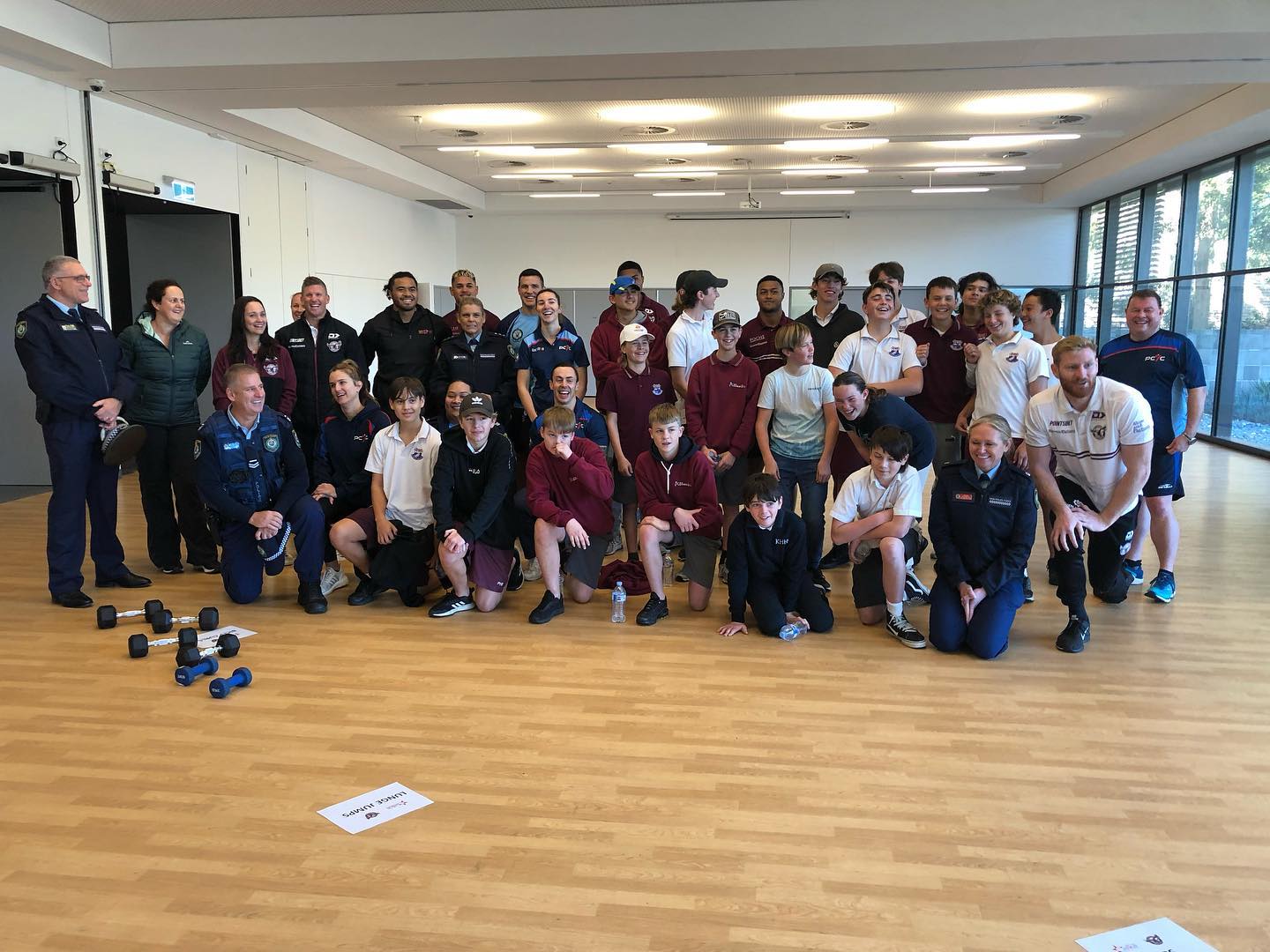
''As a Northern Beaches local, it’s great to see there is a safe place for the young kids to hopefully become better versions of themselves.'' - Brad Parker
Investing In Youth Key To Strengthening Harmony In NSW
Affirmative Consent Becomes Law In NSW
- - You can’t assume someone is consenting because they don’t say no. Silence is not consent.
- - Consent is an ongoing process. A person can change their mind and withdraw their consent at any time.
- - A person can’t consent if they’re so intoxicated that they can’t choose or refuse to participate.
- - Consent can only be given freely and voluntarily. If you force or coerce your partner into sex, it’s not consensual.
- - Consent must be present for every sexual act. If someone consents to one sexual act, it doesn’t mean they’ve consented to others.
- - A person can’t consent if they’re asleep or unconscious.
- - sexual assault can occur in many different situations, including between acquaintances or people who are married or in a relationship
- - sexual offences aren’t always accompanied by violence, threats or physical injuries
- - there is no normal or typical response to being sexually assaulted, and juries must not rely on preconceived ideas about how people respond to a sexual assault
- - trauma may affect people differently, which means some people may show signs of emotional distress when giving evidence and some may not, and
- - it should not be assumed that a person consented because of their behaviour, such as the way a person is dressed or the fact that they have consumed alcohol or drugs.
Students To Tour Hiroshima And Pearl Harbor
Dorothea Mackellar Poetry Awards 2022: Entries Close June 30th

There's also a special History page running this Issue for you - the Australian poet Dorothea Mackellar, after whom the Electorate of Mackellar is named, had a house here in Pittwater at Lovett Bay.
“Our poets are encouraged to take inspiration from wherever they may find it, however if they are looking for some direction, competition participants are invited to use this year’s optional theme to inspire their entries.”
In 2022, the Dorothea Mackellar Memorial Society has chosen the theme “In My Opinion.”
As always, it is an optional theme. The Society encourages students to write about topics and experiences that spark their poetic genius (in whatever form they choose.)
HOW TO ENTER
PLEASE SEE HERE FOR A DETAILED PDF ON ENTRY INSTRUCTIONS FOR TEACHERS AND PARENTS.
ONLINE SUBMISSION
Primary school and secondary school entries can be submitted anytime during the competition period. Visit: https://dorothea.com.au/how-to-enter/
Word Of The Week: Citizen
John Farnham & Melbourne Symphony Orchestra (2009) - You're The Voice
Orson Welles Talks About Citizen Kane In A 11-Minute 1960 Interview
New Zealand Prime Minister Jacinda Ardern Delivers Commencement Address At Harvard University
This Australian grasshopper gave up sex 250,000 years ago and it’s doing fine
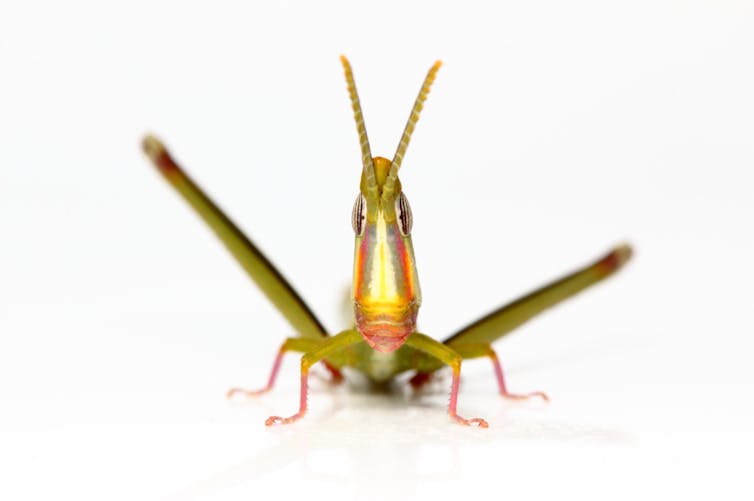
Most animals on Earth have two sexes, male and female, that combine and mix their genes when they reproduce. We are so accustomed to this state of affairs that the existence of all-female species that don’t have sex, but instead reproduce by cloning, comes as a great surprise.
The beautiful green grasshopper Warramaba virgo is one of these rare “parthenogenetic” species, in which an egg can develop into an embryo without being fertilised by a sperm. It lives in the southern parts of the Australian arid zone, where it feeds on mulga trees and other shrubs and bushes in the summertime.
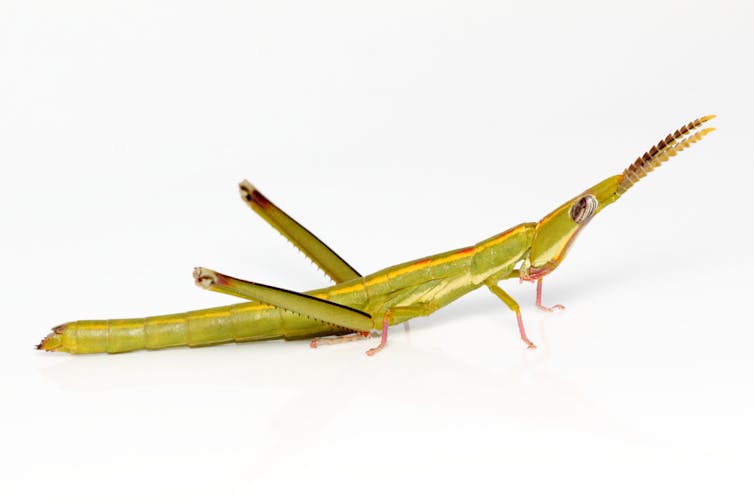
We have studied these grasshoppers for the past 18 years to understand how they developed asexual reproduction, and how the change has affected their ability to survive and reproduce.
Our new research published in Science shows W. virgo arose about 250,000 years ago from a cross between two different sexually reproducing species of grasshopper, and giving up sex appears to have had no negative repercussions for them whatsoever.
The Puzzle Of Parthenogenesis
Biologists studying evolution have often considered the rarity of parthenogenetic species like W. virgo as a major puzzle.
This is because sex imposes big costs on animal reproduction. First, there is the “two-fold cost of sex”: half a creature’s offspring (the males) are unable to produce their own offspring alone, so they are often seen as “evolutionary wastage”.
Moreover, finding a mate takes energy and mating animals are often at greater risk of attack by predators. Doing away with males also removes these drawbacks.
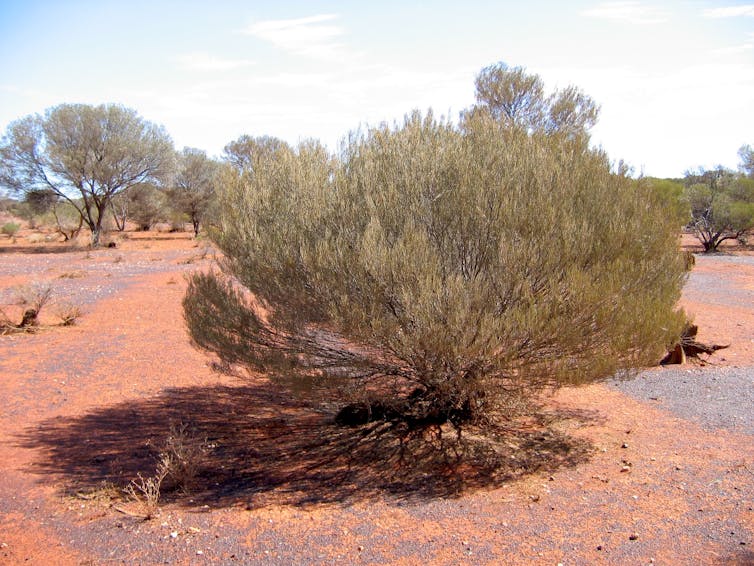
So why does sex exist at all? The main reason, biologists think, relates to the mixing or “recombination” of genes as a consequence of sex. This can speed up the rate of adaptation by bringing favourable combinations of genes together and also helps to purge a population of combinations of bad mutations.
Parthenogenetic species don’t have these processes: instead, all members of the species have virtually identical genes. This means they might be less able to adapt when the environment changes. What’s more, parthenogens could accumulate bad mutations that reduce their fitness.
But are these costs real? Do they result in the rapid extinction of any parthenogens that happen to form?
What’s The Secret Of W. Virgo?
Over the past 18 years we have been investigating these questions in W. virgo.
This grasshopper was first studied in 1962 by the eminent evolutionary biologist and geneticist Michael White. White’s young son Nicholas first discovered them near the New South Wales town of Hillston, when he noted that only females of a particular species could be found.
White then went on to show that the same species was present 2,000 km away in Western Australia, along with a sexual species (recently named W. whitei).
W. virgo turned out to have a hybrid origin: a cross between W. whitei and another species, W. flavolineata, many thousands of years in the past.

A parthenogenetic species might have an advantage if its genetic diversity is boosted by repeated hybridisations between the two parent species, producing an army of different clones. Combining the genomes of the two species might also make the parthenogens more vigorous.
Such “hybrid vigour” does occur in some animals, such as mules (crosses between a horse and a donkey). The mule has much greater strength and endurance than its parent species.
Could it be that the hybrid origins of W. virgo generated a diverse clone army with special abilities compared to its sexual relatives, or a hybrid with high level of vigour?
Few Benefits To Giving Up Sex, But Also No Drawbacks
The answers to these questions were a resounding “No”!
We examined more than 1,500 genetic markers in W. virgo and found almost no variation in the parthenogens compared with the parent species.
This showed clearly that only one hybrid mating between W. whitei and W. flavolineata was responsible for producing W. virgo in the first place. Based on the number and nature of mutations that have occurred in W. virgo, we estimate the mating occurred some 250,000 years ago.
We also showed that the parthenogen had no advantage over its parent species in a range of physiological traits including tolerance to heat and cold, rate of metabolism, how many eggs they lay, the size of their eggs, how long they take to mature and how long they live.
Meanwhile, W. virgo naturally produced twice as many female offspring as the sexual species. It retained its two-fold advantage over sexual species despite 250,000 years for low fitness mutations to accumulate in this species.
The conclusion from our research then is that W. virgo has become parthenogenic but without costs. It has also successfully spread all the way from the west side of the country to the east side, unlike its parent species.
Why Don’t More Species Give Up On Sex?
So why then do we see sexual species everywhere despite their two-fold reproductive cost? We suspect it must be very difficult to develop parthenogenesis in the first place.
Indeed, we have tried experimentally crossing the same sexual species that gave rise to W. virgo and only created a few hybrids, none of which were able to produce offspring. The hybrid state may disturb the normal processes of egg development sufficiently to make parthenogenesis an extremely uncommon phenomenon in animals more generally.
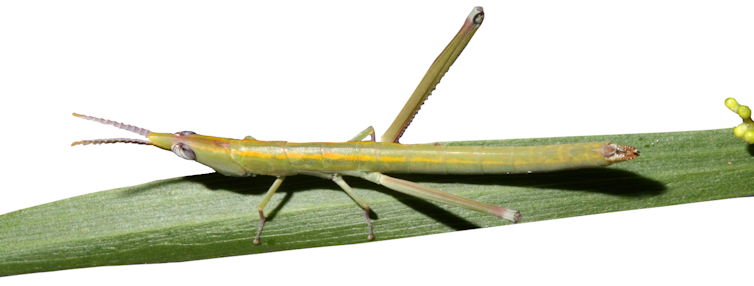
We think future research into the paradox of sexual reproduction should focus on barriers that prevent sex from being lost, rather than only focusing on the advantages of sex.![]()
Michael Kearney, Associate Professor in Ecophysiology and Evolutionary Biology, The University of Melbourne and Ary Hoffmann, Professor, School of BioSciences and Bio21 Institute, The University of Melbourne
This article is republished from The Conversation under a Creative Commons license. Read the original article.
This newly discovered neutron star might light the way for a whole new class of stellar object

The discovery of a neutron star emitting unusual radio signals is rewriting our understanding of these unique star systems.
My colleagues and I (the MeerTRAP team) made the discovery when observing the Vela-X 1 region of the Milky Way about 1,300 light years away from Earth, using the MeerKAT radio telescope in South Africa. We spotted a strange-looking flash or “pulse” that lasted about 300 milliseconds.
The flash had some characteristics of a radio-emitting neutron star. But this wasn’t like anything we’d seen before.
Intrigued, we scoured through older data from the region in hopes of finding similar pulses. Interestingly, we did identify more such pulses which had previously been missed by our real-time pulse detection system (since we typically only search for pulses lasting some 20-30 milliseconds).
A quick analysis of the times of arrival of the pulses showed them to be repeating about every 76 seconds – whereas most neutron star pulses cycle through within a few seconds, or even milliseconds.

Our observation showed PSR J0941-4046 had some of the characteristics of a “pulsar” or even a “magnetar”. Pulsars are the extremely dense remnants of collapsed giant stars which usually emit radio waves from their poles. As they rotate, the radio pulses can be measured from Earth, a bit like how you’d see a lighthouse periodically flash in the distance.
However, the longest known rotation period for a pulsar before this was 23.5 seconds – which means we might have found a completely new class of radio-emitting object. Our findings are published today in Nature Astronomy.
An Anomaly Among Neutron Stars?
Using all the data available to us from the MeerTRAP and ThunderKAT projects at MeerKAT, we managed to pinpoint the object’s position with excellent accuracy. After this we carried our more sensitive follow-up observations to study the source of the pulses.
The newly discovered object, named PSR J0941-4046, is a peculiar radio-emitting galactic neutron star which rotates extremely slowly compared to other pulsars. Pulsar pulse rates are incredibly consistent, and our follow-up observations allowed us to predict the arrival time of each pulse to a 100-millionth of a second.
Apart from the unexpected pulse rate, PSR J0941-4046 is also unique as it resides in the neutron star “graveyard”. This is a region of space where we don’t expect to detect any radio emissions at all, since it’s theorised the neutron stars here are at the end of their life cycle and therefore not active (or less active). PSR J0941-4046 challenges our understanding of how neutron stars are born and evolve.
It’s also fascinating as it appears to produce at least seven distinctly different pulse shapes, whereas most neutron stars don’t exhibit such variety. This diversity in pulse shape, and also pulse intensity, is likely related to the unknown physical emission mechanism of the object.
One particular type of pulse shows a strongly “quasi-periodic” structure, which suggests some kind of oscillation is driving the radio emission. These pulses may provide us with valuable information about the inner workings of PSR J0941-4046.
These quasi-periodic pulses bear some resemblance to enigmatic fast radio bursts, which are short radio bursts of unknown origin. However, it’s not yet clear whether PSR J0941-4046 emits the kind of energies observed in fast radio bursts. If we find it does, then it could be that PSR J0941-4046 is an “ultra-long period magnetar”.
Magnetars are neutron stars with very powerful magnetic fields, of which only a handful are known to emit in the radio part of the spectrum. While we’ve yet to actually identify an ultra-long period magnetar, they are theorised to be a possible source of fast radio bursts.
Brief Encounters
It’s unclear how long PSR J0941-4046 has been active and emitting in the radio spectrum, since radio surveys typically don’t usually search for periods this long.
We don’t know how many of these sources might exist in the galaxy. Also, we can only detect radio emissions from PSR J0941-4046 for 0.5% of its rotation period – so it’s only visible to us for a fraction of a second. It’s pretty lucky we were able to spot it in the first place.
Detecting similar sources is challenging, which implies there may be a larger undetected population waiting to be discovered. Our finding also adds to the possibility of a new class of radio transient: the ultra-long period neutron star. Future searches for similar objects will be vital to our understanding of the neutron star population. ![]()
Manisha Caleb, Lecturer, University of Sydney
This article is republished from The Conversation under a Creative Commons license. Read the original article.
Friday essay: grey-haired and radiant – reimagining ageing for women
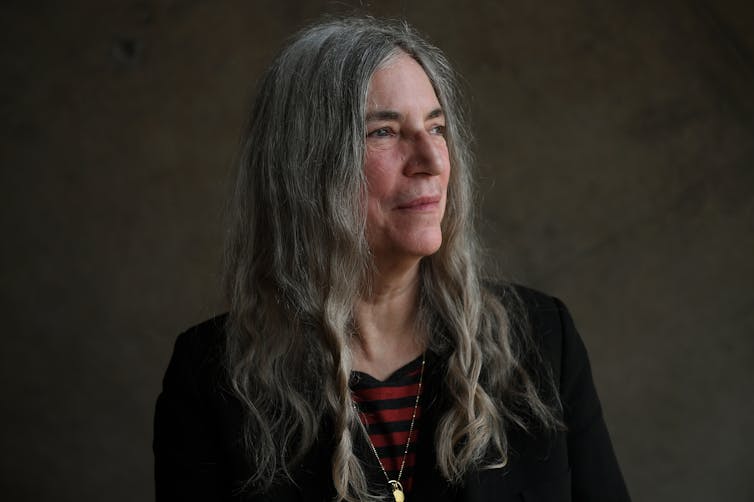
Ageist thought patterns and reactions are so embedded in Australian culture that even educated people, people who otherwise insist on political correctness, will open their mouths and deliver a hurtful, hateful judgement.
Like the time a few years ago, sitting on the grass at a writers’ festival with a group of other women writers of whom I was the oldest. We were fellow graduates from a postgraduate creative writing course, some of us just beginning to be published; I knew the generational difference made parts of my life inaccessible to them, as parts of their lives would remain mysterious to me.
That afternoon, with literary conversations buzzing all around, I remarked in passing that I was thinking of colouring my hair with henna. That rich and blazing plant-based red had once been my signature shade, but what with study, family and moving countries, the process of sourcing, mixing up and applying the henna had all come to seem too messy, too difficult.
So I had let my colour fade; I had allowed a succession of hairdressers to cover my grey hairs with chemical dyes, at ridiculous expense.
Perhaps it was a niggling sense of needing to seize control again that prompted me to say what I did. “I think I am going to henna my hair.” Immediately, one of the women blurted: “Oh, I wouldn’t. Not at your age!”
My thoughts seemed to skid to a halt. I was 59: too old to need anyone’s approval or permission. Lost for a response, I remained silent. Out of all of us, this woman was the one who was always bleaching or dyeing or doing something to her hair, in the process often leaving it visibly damaged.
My memory of that moment is that she realised what she had said was offensive, and tried to retrieve it by disparaging the older women with hennaed hair who regularly fill seats at the festival. However, a second ageist comment could not defuse the first.
Going further back, during the demanding MA year that would eventually result in my first published novel, I was paying the household bills by freelancing – words and pictures – for a local glossy lifestyle magazine.
The editor had sent me to a country race meeting, with instructions to take plenty of pictures of racegoers for the social pages. At the end of a long hot afternoon, filling time while waiting for the bus to take me back to Adelaide, I gathered a few last shots as people clambered into hired stretch limos.
Two suited-up young men were lounging in the back seat of one of these vehicles. I leaned into the open door and asked if they’d like to have their photographs taken for the social pages, and I named the magazine. They beamed obligingly; I snapped the picture, recorded their names, and turned away.
And then I heard one of them say in a sniggering undertone: “Why the hell are (name of the magazine) getting old grannies to do this work?” I was checking their image on my digital camera, making sure the exposure was good, the framing right. “Shhh!” hissed the friend.
I was a 54-year-old woman at the end of a long working day: I was not going to put up with this shit. My vengeful thumb moved to delete their image.
Of course, I should have turned to that arrogant boyo and asked whether he had a grandmother and, if he did, how he would feel if someone insulted her the way he had just insulted me. But I couldn’t face him because my eyes had filled with tears.
Walking away, I blamed my loss of control on the menopause. But it wasn’t that: it was the shame women are made to feel simply for having lived a certain number of years.
Youth-Obsessed Culture
In our youth-obsessed culture, old people have become invisible. If we dare to put ourselves in the line of sight, we may become targets of this kind of humiliating, knee-jerk ageism. Both men and women suffer from the social erasing of the old, but it is worse for women.
The premium placed on feminine beauty means that older women often find themselves at the terrible nexus of sexism and ageism.
In 1972, in “The Double Standard of Ageing”, Susan Sontag identified the oppressive belief that men are enhanced by age while women are progressively destroyed. “Competing for a job” writes Sontag, “her chances often partly depend on being the ‘right age’, and if hers isn’t right, she will lie if she thinks she can get away with it.” A woman’s age, Sontag insists, is “something of a dirty secret”.
It often seems as if not much has changed since 1972. Bill Shorten once admitted that his mother Ann, having qualified as a barrister at 53, discovered, in Bill’s words, that “sometimes, you’re just too old, and you shouldn’t be too old, but she discovered the discrimination against older women”.
Sex-ageism is not merely demoralising, but has the potential to affect women’s ability to survive. If we are not to be allowed to continue to work even though we are fit for it, if we have always been paid less than our male colleagues, if we have given years of our lives to the unpaid labour of child rearing, if we have insufficient super (or no super at all), what is to become of us in our sixties, seventies, and eighties? Alarmingly, older women make up the new demographic joining the ranks of the homeless.
In At Seventy: A Journal (1987), May Sarton writes, “This is the best time of my life. I love being old.” She goes on to explain that she does not feel old at all, “not as much a survivor as a person still on her way”, and she speculates that perhaps real old age will only begin when you find yourself looking back rather than forward.
Sarton’s journals are rightly celebrated, and are a cache of gold well worth digging to find. For together with Doris Lessing, May Sarton is one of the few women writers who have not shied from writing about age and ageing.
The shocking scarcity of older women in fiction that has left me with a sense of marching forward in the dark is balanced by the steadying beam of their work – especially Sarton’s, for the light she sheds is age-affirming, ever hopeful, an antidote to the “state of decline” narrative.
For example, when asked why she thought it was good to be old, Sarton replied:
Because I am more myself than I have ever been. There is less conflict. I am happier, more balanced, and more powerful.
She amended this to “I am better able to use my powers”. And May Sarton continued to use those powers, writing At Eighty-Two: A Journal (1997). Though it was published under that title, her preferred name for it was Kairos, after “a Greek word meaning a unique time in a person’s life and an opportunity for change”.
Realising Our Authentic Selves
This question of how to be, as we move from middle-age into old age, is a lot like the dilemma of the teenage self. Back then it was the childish body transforming to adulthood, and although that destination was where most of us wished to be, the unfamiliarity of the changed self, and the pressures of fashion, popular culture, and one’s peers, often made the transition awkward and painful.
While the destination of Old is not where most of us wish to be, if we live long enough we will have no choice. If there is any advantage to this passage, it must be the power described by May Sarton, to be more ourselves than we have ever been. Yet how many of us know ourselves well enough to be “more”?
Lately I have been taking inspiration from the musician, artist and poet, Patti Smith. Now pushing deeper into her seventies, Patti is a creative force; she still performs with her band. Smith describes herself as “always evolving”, but not changing because of any outside pressure.
Never one to conform to expectations of feminine beauty, or of how a woman should appear on a stage, Patti Smith appears to be a completely authentic version of her younger self, only older.
Realising this authentic self is the task old age sets us, but how is it to be done? How are we to tell what the authentic self is?
In the preface to The Diaries of Jane Somers (1983) Doris Lessing – who initially submitted the two novels in this volume using a pseudonym – explains that by writing under another name she wanted “to get free of that cage of associations and labels that every established writer has to learn to live inside”.
She also wanted to “cheer up young writers, who often have such a hard time of it”. Interestingly, both the novels in Lessing’s publishing experiment deal with women and age.
The first, The Diary of a Good Neighbour, evokes the unforgettable Maudie Fowler, who in her nineties remains so fiercely independent that she will not consider moving from the dauntingly uncomfortable rooms she inhabits, or even having helpers. (“With your own place,” Maudie says, “you’ve got everything. Without it, you are a dog. You are nothing.”)
In England, Doris Lessing’s publishers Jonathan Cape and Granada rejected The Diary of a Good Neighbour, with Granada saying it was “too depressing” to publish. It was then accepted by Michael Joseph, who said it reminded them of Doris Lessing. When it was acquired by Lessing’s French publisher he rang her to ask if she had helped Jane Somers, because Somers reminded him so much of Lessing.
The perceptiveness of these publishers made Doris Lessing question what it was they had recognised. She had deliberately made Jane Somers’ style different from her own, and felt that each of her novels had a characteristic tone of voice, a style peculiar to itself. Lessing reasoned that
behind this must sound another note, independent of style. What is this underlying tone, or voice, and where does it originate in the author? It seems to me we are listening to, responding to, the essence of a writer here, a groundnote.
I am fascinated by this concept of the groundnote as it relates to writing, and in whether or not one can recognise it one’s own work. I am reminded of those black-and-white films we once watched on television that were set on board a submarine; the only soundtrack was the persistent bleep bleep of the sonar.
Often the act of writing itself is like being one of the submarine’s crew – tensed within the finite oxygen supply of a tiny lit capsule, pushing on through darkness under crushing force. I can still picture those submariners: sweating, silent, while the vessel shook and water trickled dangerously, and the periscope was cranked up to scan the surface.
Aside from writing, Doris Lessing’s experiment easily relates to the dilemmas of ageing, for older women, too, suffer the “cage of associations and labels”. It is good to be reminded that, whatever style we adopt, or imagine we possess, there is underneath, the groundnote of the true self.
Patti Smith writes in M Train (2015):
As a child I thought I would never grow up, that I could will it so. And then I realized, quite recently, that I had crossed some line, unconsciously cloaked in the truth of my chronology. How did we get so damn old? I say to my joints, my iron-coloured hair.
Yet, Smith continues:
If we walk the victim, we’re perceived as the victim. And if we enter […] glowing and receptive […] if we maintain our radiance and enter a situation with radiance, often radiance will come our way.

Understanding our groundnote must surely release us into our power. Hearing it, will we not become comfortable, even radiant, in our own skins?
I am visualising a state of being that has nothing to do with the positive ageing or active ageing campaigns directed towards the elderly. Those campaigns could be termed passive-aggressive, for their subtext is that ageing is bad. And in denying age its due dignity, in promoting a fantasy in which old people do not appear to age at all, they set the scene for many levels of failure.
So how are we to hear this groundnote?
It could be a case of careful and consistent listening. It must be different for everyone. Perhaps the transition is less about growing old and more about growing up.
When I think about this what comes to mind is the Michelle Shocked song “When I Grow Up (I want to be an old woman)”, with its implication of a genuine desire to experience being old. If there are stages we must pass through, the first stage might be the cessation of denial.
Ageing Feminists
In her book The Fountain of Age (1993) ground-breaking feminist writer Betty Friedan admits that in her fifties she “didn’t even want to think about age”; she, too, was locked in denial.
But as she researched that book, she “began to recognize some new dimension of personhood, some strength or quality of being in people who had crossed the chasm of age – and kept on going and growing”.
In her earlier book The Feminine Mystique (1963), Friedan, at 35, had refused to let women be defined as sex objects, and in her book on age she refuses to let women or men over 65 be defined as objects of “care”, or old age be defined as a “sickness” to be “cured”.
Feminism has fought hard for women’s rights, but despite some of the movement’s leaders like Friedan researching exhaustively and writing about women and ageing, ageism persists, the last of the undesirable “isms” to ever be mentioned.
Old women remain the butt of jokes; in real life, old women are some of society’s most marginalised people, while in literature they are disgracefully underwritten, other than as stereotypes.
Feminists have typically tended to address matters affecting younger women. This is a reflection of the age of the women involved in the battles for equal pay, paid maternity leave and the calling-out of sexual harassment. Sadly, when it comes to old women, even younger women do not see them.
The result is mutual deprivation: old women have no opportunity to contribute their experience and wisdom, and young women have no role models to show them how to manage their own inevitable ageing.
An Ordeal Of The Imagination
One thing that gives me hope this will change is the #greyhair movement on Instagram.
When in preparation for my own switch to natural colour, I ceased dying my hair – no more henna, no more expensive sessions at the hairdressers – I stumbled over pages that led me to communities of women dedicated to supporting each other through this process.
And I needed encouragement, for when I had announced I would no longer colour my hair even my 92-year-old mother advised against it, telling me I would be sorry.
From the stories shared on Instagram, I learned that for many women, the grey kicks in early – sometimes even during their teens. The candid posts with photographs of every imaginable shade and patterning of grey, and the ease of sharing them, make social media the perfect tool for this new women’s movement.
It could become instrumental in chipping away at our damaging self-beliefs about ageing, and recalibrate perceptions of female beauty.
Another signal of positive change is the recent high-profile publication of at least one Australian novel in which the main characters are all women in their seventies. Charlotte Wood’s The Weekend (2019) goes against the grain of decades of published fiction, with just a few notable exceptions.
Wood’s literary currency means the book has been widely read, and at literary festivals has sparked conversations about ageing, and especially about what it means for women. In the novel, the elderly actress Adele has a moment where she feels “on the edge of discovering something very important – about living, about the age beyond youth and love, about this great secret time of a person’s life”. Perhaps Adele is about to discover her kairos.
Liz Byrski is another Australian writer who has identified the absence of old people, especially old women, in fiction, and has set herself the task of addressing it. In her novels she makes a point of showing old women using computers and mobile phones, busting the stereotype of elders baffled by technology.
In her slender book Getting On: some thoughts on women and ageing (2012) Byrski insists we need to challenge the public perception of ageing and change it to
a positive conversation in which the phrase “the fight against ageing” is banned and the use of “anti-ageing” as a descriptor for any product is greeted with derision.
She goes on to suggest how as individuals we should “start seeing old people”; we should strive to put aside our blindness, denial, and fear, and to focus instead on the richness and value of the lives old people are still living.
The negativity around ageing, the elitism of youth, means there are few older role models to encourage our young people. This has the effect of leaving them marooned, unable to imagine a way forward beyond middle age – and further on into the kind of old age that, if they are lucky enough to reach it, they might be willing, even proud, to be able to live.
Susan Sontag, while describing old age as a “genuine ordeal” maintained it was mainly “an ordeal of the imagination”.
I don’t believe she was underestimating the physical tests and challenges age brings, but rather acknowledging that nothing about it is so testing as being looked through, looked past, being patronised, being treated by others as diminished, or worthless.
By continuing to denigrate old age we are contributing to this ordeal, condemning young folk to “walk the victim”, denying them, and ourselves, the possibility of kairos; the possibility of radiance.![]()
Carol Lefevre, Visiting Research Fellow, Department of English and Creative Writing, University of Adelaide
This article is republished from The Conversation under a Creative Commons license. Read the original article.
Drawing data: I make art from the bodily experience of long-distance running

In 1979, the American artist Allan Kaprow wrote Performing Life, an important essay in the history of Western art arguing for the blurring of art and life.
Kaprow suggested we perform art in our everyday living by paying attention to invisible sensations and the details of existence we take for granted.
He wanted us to notice the way air and spit are exchanged when talking with friends; the effects of bodies touching; the rhythm of breathing. Kaprow’s essay has served as an instructive piece for living. As an artist, I see and make art from anything and everything.
Take long-distance running, for example.
When a friend began coaching me to run long distances, I consequently began drawing as well.

Running in the 21st century involves drawing lines. More important than sneakers are GPS devices (like smartphones and watches that sync with exercise apps) to track and analyse every meaningful and meaningless detail of your performance.
Drawing Lines
I use the app Strava. It visualises my routes, average pace, heart rate, elevation and calories burned.
Driven by competition, self-improvement and the well-being revolution, it is easy to become fixated on this data. But I am fixated for other reasons as well.
When I run, Strava maps my route with a meandering GPS line. I have become absorbed in this line – literally sensing it when I’m running.
As each foot touches the ground I feel myself drawing the GPS line slowly and incrementally. This embodied connection to my data changes my runs. I spontaneously vary my routes to achieve a particular line.
Run around a pole ten times, burst into a zig-zag, make a circle in the park. I manoeuvre to affect the graphic form to one of my imagining.
Cyclists and runners worldwide have recently discovered the creative possibilities of GPS data. This is called GPS Art or “Strava Art”. Cycling or running routes to visualise a predetermined shape or thing proved popular during the pandemic. Rabbits, Elvis and the middle finger have been plotted, cycled and run. The data version of skywriting.

As novel as Strava Art is, I am not creating it. Running and drawing are both “body techniques” connected to gesture, touch, feeling, listening, looking and imagining.
While GPS data can visualise every quantifiable detail about my run, it can’t tell me how it felt to run.
Anyone who runs long distances knows that performance is impacted by how you feel on the day, what the run is soothing. Life problems, levels of stress, hormones, depression, happiness, whether you slept well, how much you ate and the weather all impact a run.
Revealing What Is Hidden
While self-tracking data appears infallible – that is, numerical, scientific and objective – we know it is biased. Data scientists Catherine D'Ignazio and Lauren Klein argue in their book Data Feminism that data science is skewed towards to those who “wield power”, which is “disproportionately elite, straight, white, able-bodied, cisgender men from the Global North.”
Data feminism reveals how systems of counting and classification hide inequalities. The role of data feminism is to use this understanding of what is hidden to visualise alternatives, and they suggest converting qualitative experience into data.
This is where the outmoded art of drawing and the antiquated technologies of charcoal and pencil can extend exercise data and bring new meaning to the personal experience of running.
I have been re-drawing my data to make visible what Strava cannot. The unheroic stuff: emotions, persistent thoughts, body sensations like the pressing of my bladder, the location of public toilets, social interactions with strangers, lyrics from the songs I listen to, and the weather.

The drawings are deliberately messy scribbles, diaristic and fragmented, smudged and imprecise. They re-label information to reflect what is missing – that I’m a middle-aged woman artist mother who is happy to remain mediocre at running.
Picture a nagging bladder instead of speed; scribble the arrival and departure of joy and anxiety instead of pace; zig-zag through neurotic repetitive thoughts instead of calories burned; trace desires, dreads and dreams instead of personal bests.
That’s not to say I don’t enjoy Strava or that I don’t have running goals. But the drawings offer different data that short circuits the dominance of quantifying every aspect of human experience.
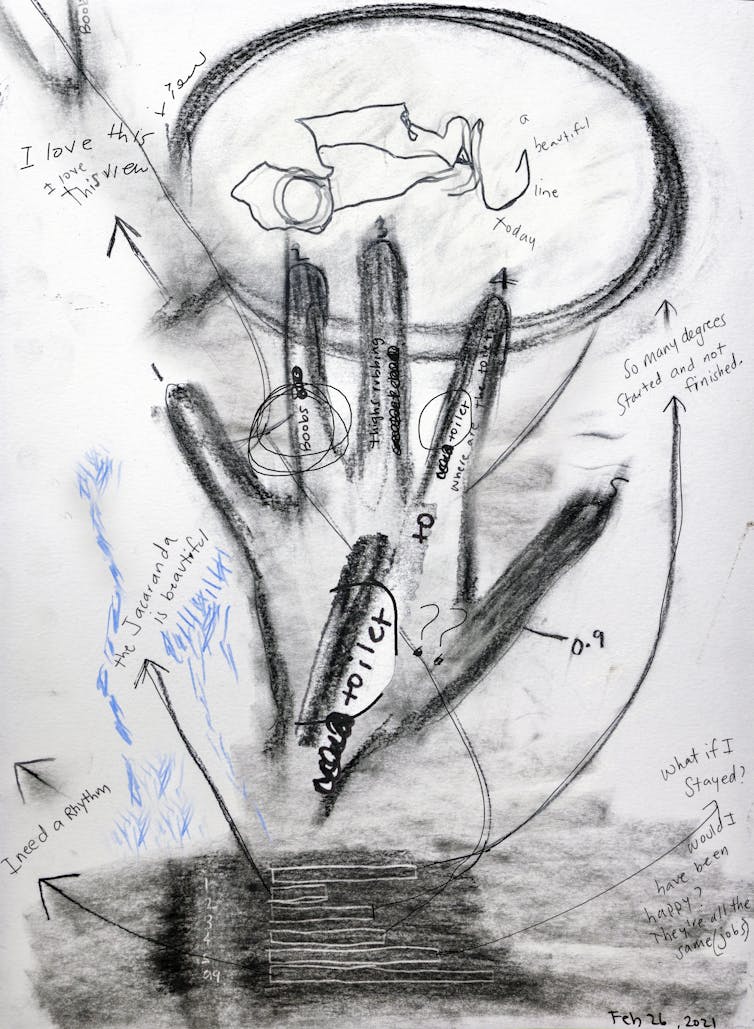
The effects of bringing art and life (or running and drawing) together are confrontational. As Kaprow noted, “anyone who has jogged seriously […] knows that in the beginning, as you confront your body, you face your psyche as well.”
The longer more testing runs produce more data; they also produce more complex encounters with the self and more convoluted drawings.
These drawings offer alternative data not tied to endurance or personal glory. They undo the slick corporate aesthetic of exercise apps and their socially networked metrics, leader boards, badges and medals.
This is a feminist practice that builds on the work of Catriona Menzies-Pike and Sandra Faulkner who give alternative accounts of running from the perspective of women.

Running and drawing can be autotelic activities: activities where the purpose of doing it is doing it. In this highly surveilled, techno-obsessed, capital driven, multi-tasking time, the value of sporting or creative activities delivering no measurable (or financial) results may appear old-fashioned.
But then again, so can running without a self-tracking device. This is something I am willing to try.![]()
Cherine Fahd, Associate Professor, School of Design, University of Technology Sydney
This article is republished from The Conversation under a Creative Commons license. Read the original article.
Heartstopper depicts queer joy - here’s why that can bring about complicated feelings for those in the LGBTIQ community

One of the most popular shows on Netflix right now is Heartstopper, which follows UK schoolboys Charlie (Joe Locke) and Nick (Kit Connor) as their friendship grows into something more.
Based on Alice Oseman’s graphic novel series of the same name, Heartstopper has been widely (and accurately) hailed as “a warm hug”.
At the same time, social media has been flooded with posts from LGBTIQ people who have experienced something else when watching the show: anger, grief, and sadness as they compared the show to their own relatively painful adolescence.
LGBTIQ people often have high school experiences marked by prejudice and discrimination, with 60% of young LGBTIQ Australians feeling unsafe or uncomfortable at school due to their sexual or gender identity.
These experiences can provide a surprisingly enduring internal blueprint: during 2017’s marriage equality postal survey, for example, many LGBTIQ people said that the intense scrutiny and stigma felt like “being back in high school”.
Researchers call this phenomenon minority stress. The cumulative negative effects of these threatening social conditions can ultimately lead to isolation, depression, and anxiety.
As a clinical psychologist working in LGBTIQ mental health, Heartstopper has come up frequently in counselling sessions. The same pain is being described by people approaching middle age and those still in their teens. The show seems to plant a seed that makes them wonder how life might have played out if their high school experience was supportive rather than frightening.
What can those of us who feel pain in the face of this heartwarming depiction of queer joy do to navigate these difficult thoughts and feelings? Psychological research has a few suggestions.

Embrace The Duality
Pioneering clinical psychologist Marsha Linehan emphasised the importance of “dialectics”, or the ability to hold the tension between two seemingly opposing things. As humans, we tend to judge our experience as good or bad, black or white. We say things like “I never do anything right”, when the truth is that sometimes we fail and sometimes we succeed.
The experience of watching Heartstopper and feeling both joy for the characters and sadness for yourself is also a dialectic. Don’t fall into the trap of thinking the sadness cancels out the joy: notice and allow everything that you’re feeling.
Don’t Run From It
As humans, we’ve evolved to avoid suffering. However, we have a habit of doing this in ways that minimise short-term pain, while maximising long-term problems. This can be especially challenging for LGBTIQ people, who often had to push down or avoid their feelings to navigate adolescence.
I’ve spoken to people who’ve tried to cope with the pain thrown up by Heartstopper in counterproductive ways. Trying to avoid their sadness that they don’t have a Nick to their Charlie, they’ve found themselves chasing unavailable partners, pouring an extra glass of wine, or pursuing casual sex and feeling even more alone. While there’s nothing wrong with wine or casual sex, they often mask problems rather than offering solutions.
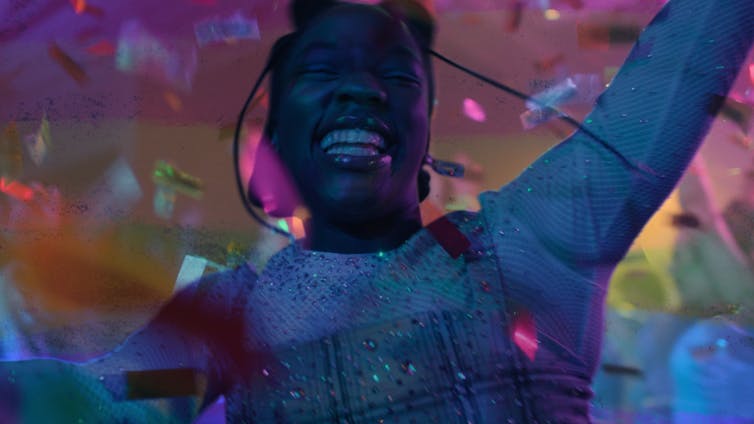
Take Meaningful Action
If it isn’t always helpful to run from our pain, what are we supposed to do with it? There’s useful information in painful feelings. As influential clinical psychologist Steven C Hayes puts it, “we hurt where we care”. The site of our greatest pain is the site of our greatest purpose, and we can use it to guide actions that matter deeply to us.
Examine what you’ve responded to most strongly in Heartstopper. While the chance of a queer high school romance has passed for many of us, we can still make choices that move us towards the life we want today. Research consistently shows that connecting with other LGBTIQ people increases resilience, but there are lots of other things Heartstopper could inspire you to do: prioritise your friendships (like Tao), make new queer connections (like Elle), be honest with those closest to you (like Nick), or try new things (like Charlie).
Be Kind To Yourself
This stuff hurts. Life can be hard and full of disappointments. We often respond to these difficult points by pushing harder and telling ourselves to “get it together”.
Pause and be kind to yourself – be the Nick to your Charlie. Give yourself a hug, make yourself a cup of tea, speak encouragingly rather than critically to yourself. It sometimes helps to imagine what you would say to a friend or another LGBTIQ person facing similar challenges. Guided meditations can also be helpful here.
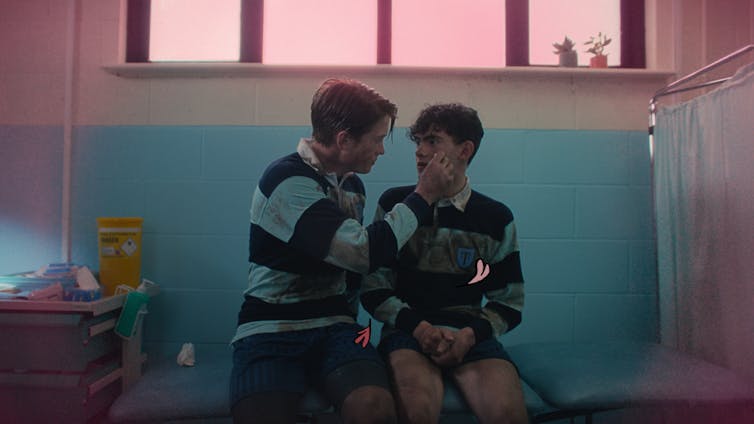
Challenge Your Assumptions
The human mind takes all kinds of cognitive shortcuts: a common one is “the mental filter”, in which we filter out information that doesn’t support our assumptions.
If you find yourself comparing yourself to Charlie and Nick’s picture-perfect romance, try to notice what you’re filtering out. Both characters – particularly Charlie – experience bullying and self-doubt. (Readers of the books know that Charlie has even darker days ahead of him.)
Also notice if there’s anything positive from your own experience that you’re filtering out: a good friend, a supportive teacher, a welcoming sport or hobby group.
Ultimately, Heartstopper is “fantasy fiction”. Don’t use that fantasy as the metric by which you judge your reality.![]()
Liam Casey, Clinical psychologist, University of Technology Sydney
This article is republished from The Conversation under a Creative Commons license. Read the original article.
If you cry while watching movies, it is probably a sign of your emotional strength

You have probably found yourself weeping quietly, or even suddenly sobbing uncontrollably, while watching a movie. Common culprits include Marley and Me, The Color Purple, Schindler’s List and The Lion King.
You may have tried to blubber discretely so your dry-eyed companions didn’t think you were a sook (and no doubt you had a sneaky look sideways to see if they were glassy-eyed too), or you may have boldly sobbed away.
Why do we cry in movies? Is this a sign of emotional weakness (hence hiding it from your friends) or an indicator of strength – evidence of emotional intelligence?
Good movies are carefully crafted to engage us and be deeply absorbing. They transport us into the world of their characters: to see as they see, feel as they feel, and even totally identify with a character in some cases. We know movies are not real, but we are so engrossed that we emotionally react as though they are.
Some are based on true stories, and knowing this makes them even more potent. The emotional power of some movies is especially captivating: they’re not called tearjerkers for nothing.
The Love Hormone
Neuroscientist Paul Zak has studied the effects of compelling stories, showing watching them can cause the release of oxytocin.
Oxytocin is best known for its role in childbirth and breast feeding, increasing contractions during labour and stimulating the milk ducts. It is also released in response to positive physical contact – hugging, kissing, sexual intimacy and even petting animals – as well as through positive social interactions.
Consequently, it has been called the “love hormone”.
As social animals, our survival depends on social bonding, and oxytocin is critical. It helps us to identify and attach with our essential caregivers and protective social groups.
According to another neuroscientist, Robert Froemke, recent research shows oxytocin has an even broader impact and acts as a “volume dial”, amplifying brain activity related to whatever a person is currently experiencing.
So, although oxytocin may be targeted biologically at ensuring strong social bonds, it also serves to enhance emotional responses.
Crying in the movies is a sign that oxytocin has been triggered by the connections you feel due to vicarious social experience. Your attention is captured and emotions elicited by the movie’s story.
Oxytocin is then associated with heightened feelings of empathy and compassion, further intensifying feelings of social connectedness and you pay even further attention to the social cues of the characters in the movie. Hence the sudden emotional outpour!
Empathy Is A Sign Of Strength
Empathy is a key component of emotional intelligence.
Emotional intelligence is the ability to identify and regulate your own emotions and to understand and manage the emotions of others.
According to psychologist Daniel Goleman, empathy is one of five key emotional intelligence characteristics, along with self-awareness, self-regulation, motivation and social skills.

High emotional intelligence has been shown to be associated with effective leadership, professional success and academic achievement, as well as better social and intimate relationships. It is linked to with psychological and physical health and well-being, and greater emotional intelligence helps to deal with stress and conflict.
Crying in response to a movie reveals high empathy, social awareness and connection – all aspects of emotional intelligence. As such, it is an indicator of personal strength rather than weakness.
Sobbing openly may be a particular sign of strength, as it shows that a person is unafraid to display their emotional reaction to others.
Crying Is Not A Sign Of Weakness
A reason why crying in movies has been viewed as a sign of emotional weakness is that crying, especially crying in response to the pain of others, is seen as a stereotypically female behaviour.
Add in that oxytocin, and its relationship with empathy and social bonding, is strongly associated with child-bearing, and the crying = female = weak connection is established.
But there is nothing weak about demonstrating your emotional intelligence. Emotional crying is a uniquely human behaviour. Good movies embed us in another world, eliciting powerful emotions and triggering biological processes in our brain.
Suddenly being awash in tears shows a strong empathy response. Blubber away and be proud of your emotional intelligence – and maybe search out tearjerker movies to check out the emotional response of your friends.![]()
Debra Rickwood, Professor of Psychology, University of Canberra
This article is republished from The Conversation under a Creative Commons license. Read the original article.
$43 Million Investment To Support Return Of Me-Mel To Aboriginal Community
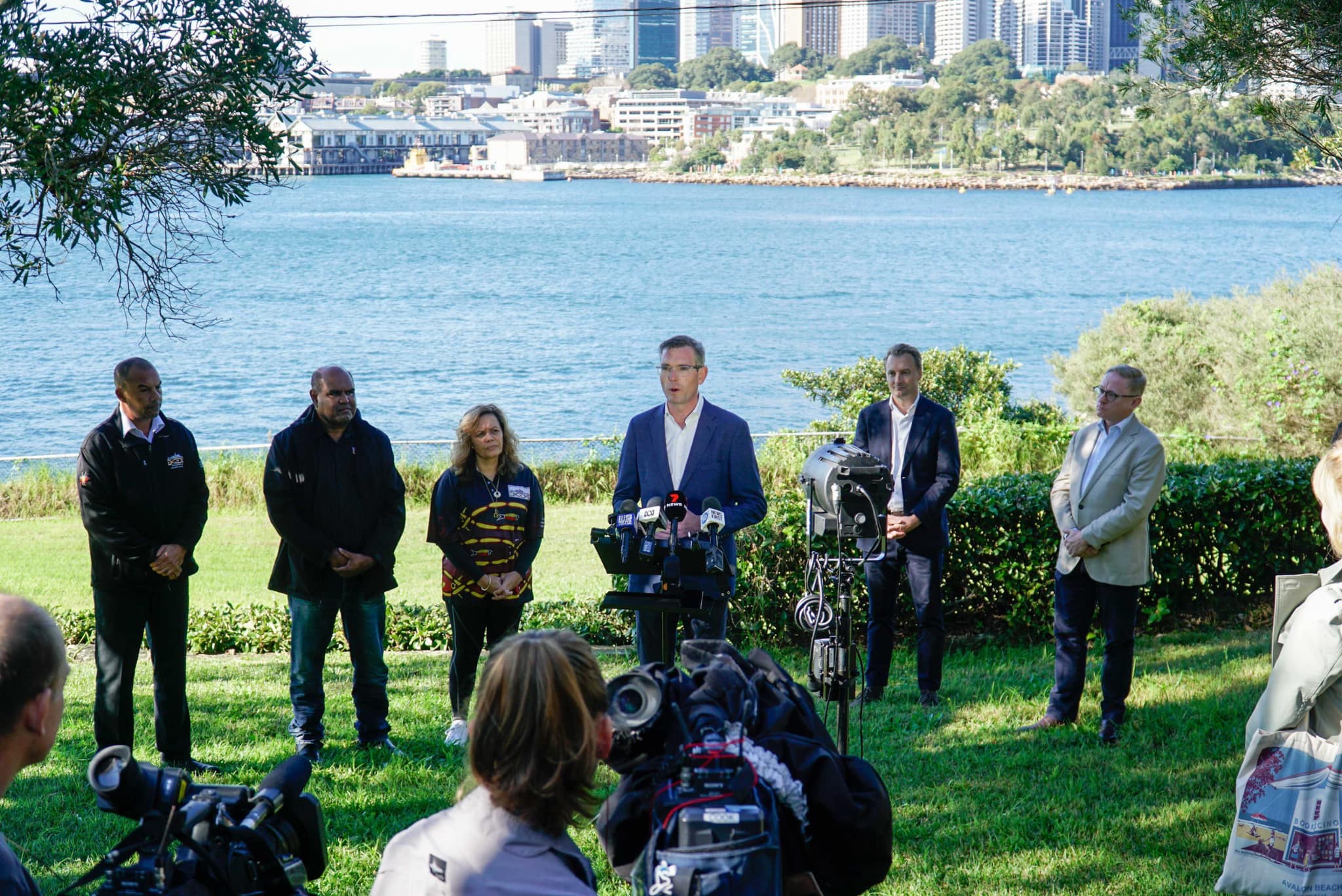
Sydney Gateway Flyover Taking Off Next To Airport

Ultrasound-Guided Microbubbles Boost Immunotherapy Efficacy
Dumbed-down curriculum means primary students will learn less about the world and nothing about climate
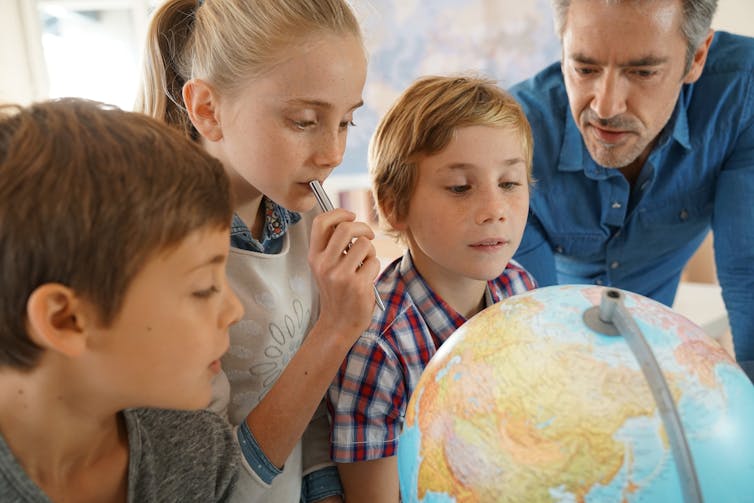
Revisions to the Australian primary school curriculum for geography mean children will learn much less about the world and its diversity than they do at present. They will learn nothing about some significant concepts such as climate.
The Australian Curriculum, Assessment and Reporting Authority (ACARA) launched the new version of the Australian Curriculum on May 9. ACARA described it as “a more stripped-back and teachable curriculum that identifies the essential content our children should learn”.
Overall, the new curriculum reduces the number of content descriptions by 21%. These are statements that describe what teachers should teach and what students should learn. In primary school geography, however, 50% of the content descriptions in the Knowledge and Understanding strand have been deleted or had content reduced.
The education ministers of the governments of Australia pressured ACARA to further reduce the content in the primary school humanities and social science learning areas. What is this knowledge that they have decided is no longer essential for our children to learn?
What Knowledge Of The World Is Gone?
The previous curriculum had a sequence of content descriptions that gave students some knowledge of the world beyond Australia. The following have been deleted:
the division of the world into hemispheres, continents and oceans (in year 2)
the main climate types of the world and the similarities and differences between the climates of different places (in year 3)
a brief study of the continents and countries of Africa and South America (in year 4), and Europe and North America (in year 5)
differences in the economic, demographic and social characteristics of countries across the world (in year 6).
the world’s cultural diversity, including that of its indigenous peoples (in year 6).
The only world knowledge retained in the revision is the study of Australia’s neighbouring countries in year 3 and Asia in year 6. As a result, students will learn nothing about four of the continents, or of the environmental, economic, demographic and social differences and similarities between the countries of the world. They will have no sense of the world as a whole, and its diversity.
In an increasingly interconnected world, children need at least to know about the countries we are connected to through history, trade, migration, alliances and government and non-government aid.
What Key Concepts Have Been Lost?
Concepts are what we think with, and intellectual development is based on conceptual thinking. The previous curriculum developed children’s understanding of the following key concepts and ways of thinking.
The concept of place, including the definition of a place, and an understanding of the importance of places to people. The study of places is the core of primary school geography.
The concept of location, including why things are located where they are, and the influence of location and accessibility on people’s activities. These were in the curriculum to get students thinking about the effects of location and distance on their lives, and about where things should be located.
The concept of space, including the management of spaces within neighbourhoods and towns. This introduced students to debates about how land should be used and how development conflicts are resolved, and to the idea of town planning.
The concept of climate. The difference between climate and weather still confuses debate over climate change, so an understanding of this difference is vital.
The concept of a settlement, including the differences between places in types of settlement and demographic characteristics. This added another concept to students’ knowledge of places, and introduced them to the small area census data that reveal much about Australian communities.
All this content has been removed.
What Are The Impacts On Learning?
The revision of the primary school geography curriculum has done three things:
it has severely reduced children’s knowledge of the world
it has reduced the level of conceptual thinking that students will be exposed to
it will leave them less prepared for geography in secondary school, where the curriculum was designed on the assumption that students would know what is in the current one.
If the aim of these deletions has been to make more time for the development of literacy and numeracy skills, it is self-defeating. Children apply and develop these skills and expand their vocabulary through subjects such as geography and history.
Is this the best we can do to help young Australians understand the world? The geography curriculum for England demands much more.![]()
Alaric Maude, Associate Professor of Geography, Flinders University
This article is republished from The Conversation under a Creative Commons license. Read the original article.
Military history is repeating for Russia under Putin’s regime of thieves
Tony Ward, The University of MelbourneIn explaining the reasons for Russia’s unexpected military weakness in Ukraine, few have expressed it better than The Economist. The magazine noted “the incurable inadequacy of despotic power” and “the cheating, bribery and peculation” that is “characteristic of the entire administration”.
Peculation means embezzlement. It’s a word rarely used nowadays; these words were in fact published by The Economist in October 1854, when Russia was in the process of losing the Crimean War.
But they might just easily be about Russia today, under Vladimir Putin, and the mess of its invasion of its far smaller neighbour. Rarely have the pernicious effects of authoritarianism and endemic corruption been so vividly on display.
Indeed Ukraine’s National Agency on Corruption Prevention has cheekily thanked Russian officials for making “it much easier to defend democratic Ukraine” by embezzling “what should have gone to the needs of the army”.
How Corrupt Is Russia?
Of the world’s 20 major economies, Russia rates the worst on corruption.
In 2021, the respected Corruption Perceptions Index compiled by anti-corruption body Transparency International scored Russia 29/100, alongside Liberia, Mali and Angola. This made it the 44th most corrupt nation on the index. (South Sudan was most corrupt, scoring 11/100, and Denmark the least corrupt, on 88/100.)
To be fair, Ukraine’s score isn’t much better, having gone though a similar post-Soviet privatisation process that delivered immense wealth to a few oligarchs. Its 2021 corruption score was 32/100.
But President Volodymyr Zelenskyy has made tackling corruption a central policy, and Ukraine is improving on the index – unlike Russia. Ukraine also has some clear advantages for further improvements.
The US organisation Freedom House gives Ukraine a democracy score of 39.3%, compared with 5.4% for Russia. Transparency International rates Ukraine’s democratic processes as “generally free and fair”. It considers efforts in recent years to tackle corruption as slow and flawed, but nonetheless genuine and substantive.
Russia’s Rule Of Thieves
Putin’s Russia, on the hand, is described by Transparency International as a kleptocracy – a government of thieves. Putin himself is estimated to have accrued a fortune of US$200 billion, making him (unofficially) the world’s second-richest man, after Elon Musk.
Putin’s wealth accumulation methods are relatively straightforward. According to Bill Browder, a fund manager specialising in Russian markets, having Mikhail Khodorkovsky – then Russia’s richest man – sent to prison in 2005 proved particularly fruitful:
After Khodorkovsky’s conviction the other oligarchs went to Putin and asked him what they needed to do to avoid sitting in the same cage as Khodorkovsky. From what followed it appeared that Putin’s answer was “50%” […] for Vladimir Putin personally.
Much of Putin’s fortune is squirrelled away in foreign bank accounts and investments, as revealed by the Pandora Papers. But he also enjoys material comforts such as a palace on the Black Sea reputed to have cost about US$1 billion – paid in part out of a government program meant to improve health care.

Stealing From Military Budgets
Money supposed to be for Russia’s military capability has also been plundered. For example, defence minister Sergei Shoigu lives in an $18 million mansion – not bad for someone supposedly on a government minister’s salary.
A typical rort has been to award contracts to companies owned by cronies, who then provide shoddy products and pocket huge profits. Food and housing in the Russian military is said to worse than being in prison. Russian soldiers sent to invade Ukraine have been given rations years out of date.
This has created a “Potemkin military” – all show and little substance – according to Andrey Kozyrev, Russia’s foreign minister from 1990 to 1996:
The Kremlin spent the last 20 years trying to modernise its military. Much of that budget was stolen and spent on mega-yachts in Cyprus. But as a military advisor you cannot report that to the President. So they reported lies to him instead.
Social Distrust Runs Deep
It should be no surprise, therefore, that Russia is a deeply distrustful society. This has been measured by global surveys such as Lloyd’s Register Foundation World Risk Poll and the Edelman Trust Barometer.
This distrust has been a hallmark of the Russian military’s performance in Ukraine.
Western military organisations emphasise empowering individual units to show initiative when plans go wrong. In marked contrast, the Russian military structure, like the state, is based on command and control, with little faith or trust in troops.
In particular Russia’s conscription-dependent army lacks non-commissioned officers. These senior enlisted personnel train and supervise troops, and often take over leadership of smaller units in wartime.
This helps explain the high number of senior Russian generals killed on the front line in Ukraine – 12 at last count. Typically, generals manage battlefields from a safe distance. But, as a recent report from The Economist has noted:
Morale has been low, logistics poor and casualties high. And that seems to have forced the generals to get their boots muddy.
And also put themselves within range of Ukrainian snipers and missiles.
This war, which the Russians expected would be over in days, has just entered its fourth month. It’s possible the Russian military can learn from its strategic and logistical blunders, and still win the battle for the Donbas area. But, unlike many Russian officers, general corruption and general distrust remain on the battlefield.![]()
Tony Ward, Fellow in Historical Studies, The University of Melbourne
This article is republished from The Conversation under a Creative Commons license. Read the original article.
Will News Corp change its approach after Labor’s election win? Not if the US example is anything to go by

In 1953, the Communist East German regime quashed a widespread uprising and afterwards admonished the protesters, saying the government had lost confidence in the people. In a famous satirical poem, left-wing author Bertolt Brecht said that, if so, perhaps the government could dissolve the people and elect a new lot.
One guesses that after the recent Australian election, News Corp would also like to elect a new public, as the result highlighted its own irrelevance and how out of touch it is with the Australian mainstream. Rather than directly attacking the public, though, it aimed its vitriol at the Greens and the teal independents, both of whom had wildly successful elections, and against Labor, which regained government from opposition.
So far, the media company’s epic fail seems not to have occasioned any soul- searching. Indeed some in its stable – in a triumph of ideological fantasy over numeracy – have asserted the result was due to the Liberals moving too far “left”.
Questions remain about the future though: will the election lead News Corp to change, either out of professional shame or in the interests of expanding its market share beyond the right-wing, populist ghetto it inhabits? And how will it treat the incoming government?
Some insight might be gained from how the jewel in Murdoch’s crown, his greatest commercial and political success of the past three decades, Fox News, covered the administrations of US presidents Barack Obama and Joe Biden, both of whose elections it had vehemently opposed.
The opposition to Obama from Fox’s commentators was immediate and unrelenting. Even before he took office, after an economic setback during the global recession which had been going on for months, Fox News star Sean Hannity said Obama was to blame, because the prospect of his taking over had made wealthy people get out of the market.
On the day of the president’s inauguration, Rush Limbaugh declared: “I hope he fails”. On day three, Laura Ingraham declared “our country is less safe today”. The next day, their new star Glenn Beck said Obama had ended the war on terror, and a week later asserted the country was on a march towards socialism.
Over the next few years, Fox gave oxygen to the “birther” issue. This was the claim that Obama was not born in America and so was not eligible to be president – that his birth certificate showing he was born in Hawaii was fake. In two months in early 2011, Fox devoted 52 items to “birther” stories, 44 of which featured the claim without any other view being put.

Fox also took decisive steps transgressing what others would consider professional boundaries in becoming directly involved in the formation of the Tea Party, a right-wing movement that proclaimed it wanted to take their country back, who demanded ever more right-wing candidates in the Republican Party. Not only did Fox give abundant publicity to their rallies, its then most prominent star, Glenn Beck spoke at numerous rallies.
This points to an interesting paradox: Fox News probably persuades few Democrats to change sides. Rather, the biggest losers from Fox’s impact have been moderate Republicans, as Fox has helped move the party ever more to the right.
Could it be that News Corp is having, or will have, a similar impact on the conservative side of Australian politics, making it harder for the Liberals to develop sane policies on issues such as global warming?
After Biden’s election, several Fox presenters supported Trump’s claims that the election was stolen, that Trump had really won. This strikes at one of the fundamental pillars of democracy: that the vote count can be trusted.
More recently, Fox has promoted an equally dangerous idea, especially promoted by its highest-paid performer, Tucker Carlson. This is known as the Great Replacement Theory. A long-term demographic trend in the US is that the proportion of whites is gradually declining as those of Blacks, Latinos and other ethnic groups grow more quickly.
Carlson and others turn this into a conspiracy theory: that Democratic elites are seeking to force demographic change through immigration, to replace the current electorate with new more “obedient” people from the Third World.
Carlson has made more than 400 references to this absurd conspiracy. In the past year these dangerous views have moved from the fringes, with substantial proportions of Republicans agreeing with some aspects of the theory.
It is impossible to imagine a more moderate or centrist Fox News. Its business model is built on delivering a predictable product to its niche audience of alienated, older whites, mobilising their resentments over status anxiety, cutting through the complexities of the modern world with simple affirmations of their prejudices.
Its most successful shows rarely attract more than 2-3% of the viewing public, itself a shrinking percentage of the total population. But its mix of strong opinions and minimal expenditure on reporting has been wildly profitable.
There was a time when Rupert Murdoch had a shrewd populist touch and, for reasons of both patronage and reputation, aimed to be on the winning side in elections. Those days are gone. The past few decades have seen the “Foxification” of News Corp.
This does not mean we will see claims of electoral fraud or replacement theories in Australia. But it does mean that the company’s formula for commercial viability is giving a predictable product to a niche audience.
In turn, this means that Murdoch’s outlets are now rusted-on supporters of right-wing parties and views, indifferent to any electoral counter-currents. Many of his most prominent commentators have the consistency of a stopped clock.
Decades of conformity in a strongly hierarchical empire have produced a hardening of the editorial arteries, a mediocre culture that seems incapable of delivering anything other than more of the same.![]()
Rodney Tiffen, Emeritus Professor, Department of Government and International Relations, University of Sydney
This article is republished from The Conversation under a Creative Commons license. Read the original article.
Artificial ‘inventors’ are pushing patent law to its limits

It was the veritable search for a needle in a haystack. With drug-resistant bacteria on the rise, researchers at MIT were sifting through a database of more than 100 million molecules to identify a few that might have antibacterial properties.
Fortunately, the search proved successful. But it wasn’t a human who found the promising molecules. It was a machine learning program.
One compound has been patented under the name Halicin in homage to HAL, the artificial intelligence (AI) in Arthur C Clarke’s classic 2001: A Space Odyssey. Halicin works differently from existing antibiotics, disrupting the bacteria’s ability to access energy, and researchers hope bacteria may struggle to develop resistance to it.
Halicin might be the first antibiotic discovered using AI, but AI programs have played an important role in other patented inventions from electrical circuits, through meta-materials and drugs, to consumer products such as toothbrushes. As we argue in a recent article in Nature, society urgently needs to consider the impact of AI on the innovation system, particularly on laws regarding intellectual property and patents.
AI Patents In Court
Can software be an “inventor”? This question has been the focus of some recent high profile court cases about an AI system called DABUS (Device for the Autonomous Bootstrapping of Unified Sentience), created by Stephen Thaler, president and chief executive of US-based AI firm Imagination Engines.
Thaler claims DABUS is the inventor of a new type of food container with a specially patterned surface, as well as a light that flashing with a special pattern of pulses for attracting attention in emergencies. The inventions are perhaps not very noteworthy, but the attempts to patent them certainly are.
Thaler’s international legal team, led by Ryan Abbott from the University of Surrey, has filed applications to patent offices around the world in which DABUS is named as the sole inventor. These cases are likely the first to test whether an AI system can be recognised as an inventor under existing intellectual property laws.
For Now, Inventors Must Be Human
Patent registration offices have rejected the DABUS patent applications in multiple jurisdictions, including the United Kingdom, United States, the European Patent Office, Germany, South Korea, Taiwan, New Zealand and Australia. The one outlier is South Africa, where a patent has been granted but without substantive examination of the patent application having yet occurred.
In Australia, a challenge against the rejection was initially accepted but overturned on appeal. Thaler has sought “special leave to appeal” the case to the High Court of Australia, though it remains to be seen whether this will be granted.
In Germany, the Federal Patent Court set aside the initial patent refusal, instead accepting a compromise position in which “Stephen L. Thaler, PhD who prompted the artificial intelligence DABUS to create the invention” was listed as the inventor. Meanwhile, DABUS cases continue to be fought in other jurisdictions around the world.
For now at least, it seems courts have largely concluded that, for the purposes of patentability, inventors must be human. Nevertheless, the cases have thrown up a range of important questions we need to answer as AI takes on ever more roles in our lives.
Can An AI Invent?
Given the ever-increasing power of AI, it’s not a wild leap to suppose that AI will take on a greater role in coming up with inventions.
We don’t claim that computer-aided design (CAD) software “invents”. But such software lacks the increasing autonomy that AI is starting to have.
Can An AI Be Named As An Inventor?
Patent systems are currently premised on a (human) inventor who owns or assigns the rewards coming from the patent.
Who might own the rewards from an AI patent? The programmer? The owner of the computer on which it runs? And what about the owner(s) of the data on which the AI might be trained?
Will AI Change Invention?
AI might speed up the rate at which inventions are made, potentially overwhelming the patent system. This might widen inequality between the haves who possess AI systems that can invent, and the have-nots who don’t.
It might also change the character of invention. Under well established patent principles, an “inventive step” occurs when an invention is considered “non-obvious” to a “person skilled in the art”. But an AI system might be more knowledgeable and skilled than any one person on the planet.
A Path Forward
In response to these sort of questions, we argue that the patent system must be re-examined to ensure it remains fit for purpose, and that it continues to reward and encourage innovation appropriately.
We suggest society might benefit from a new type of intellectual property designed specifically to deal with AI inventions (which we call “AI-IP”).
The principles underpinning patent legislation are more than 500 years old and have evolved to deal with fresh technological changes from genetic sequencing to human-made living organisms. However, the fresh tests presented by AI inventiveness might be so significant that they push those patent principles to breaking point.
AI presents a watershed challenge that requires us to think once again carefully about how to reward and encourage innovation.![]()
Toby Walsh, Professor of AI at UNSW, Research Group Leader, UNSW Sydney and Alexandra George, Associate Professor in Law, UNSW Sydney
This article is republished from The Conversation under a Creative Commons license. Read the original article.
What's In A Name? Glimmers Of Evolution In Naming Babies, Choosing A Dog
Perplexing Fish-Like Fossil Finally Classified
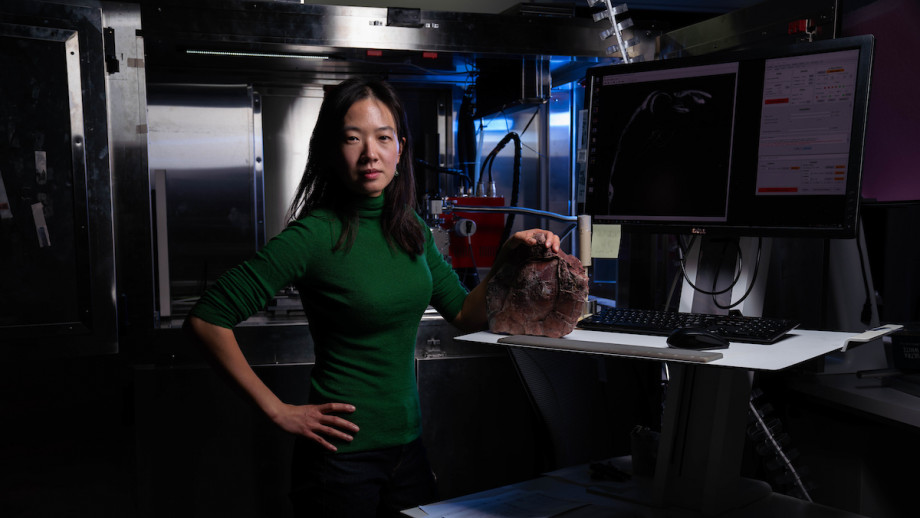
Disclaimer: These articles are not intended to provide medical advice, diagnosis or treatment. Views expressed here do not necessarily reflect those of Pittwater Online News or its staff.